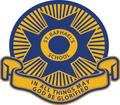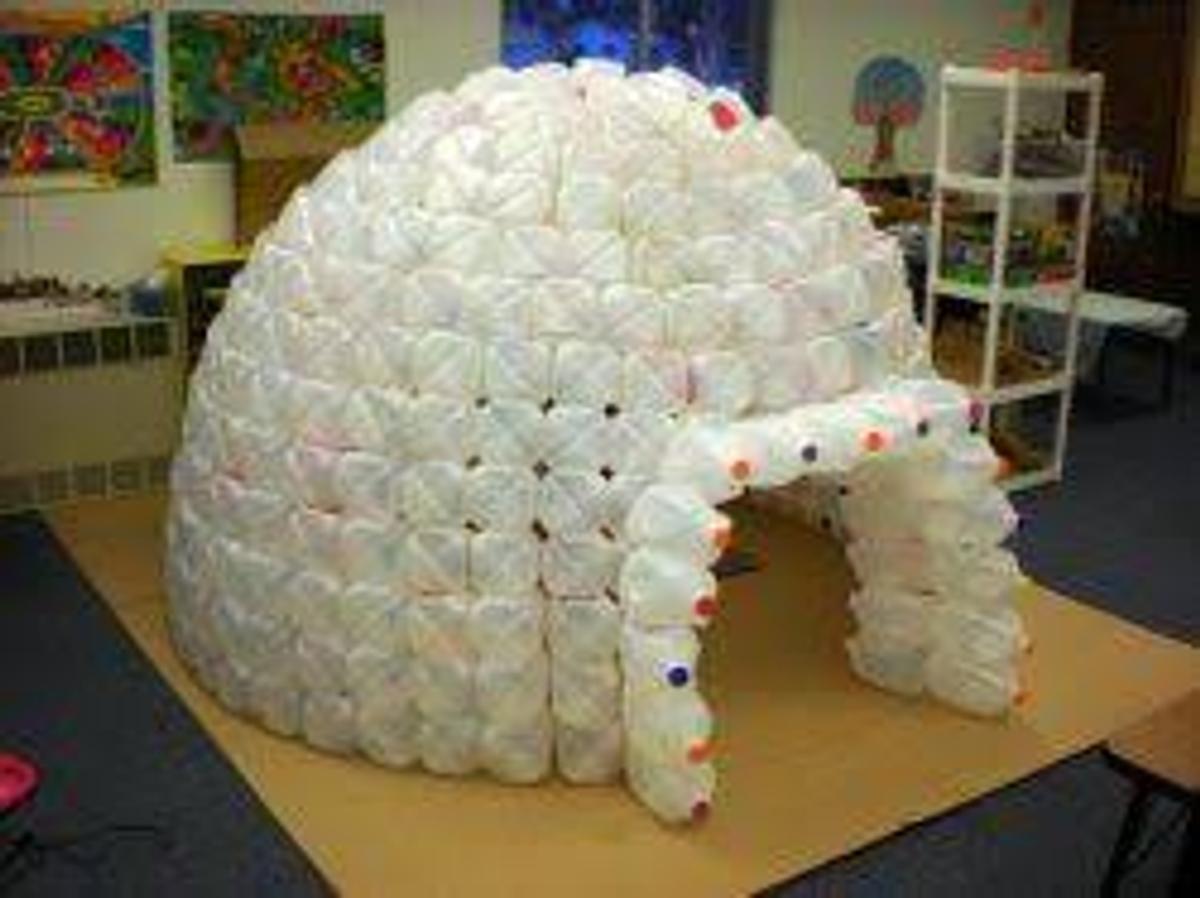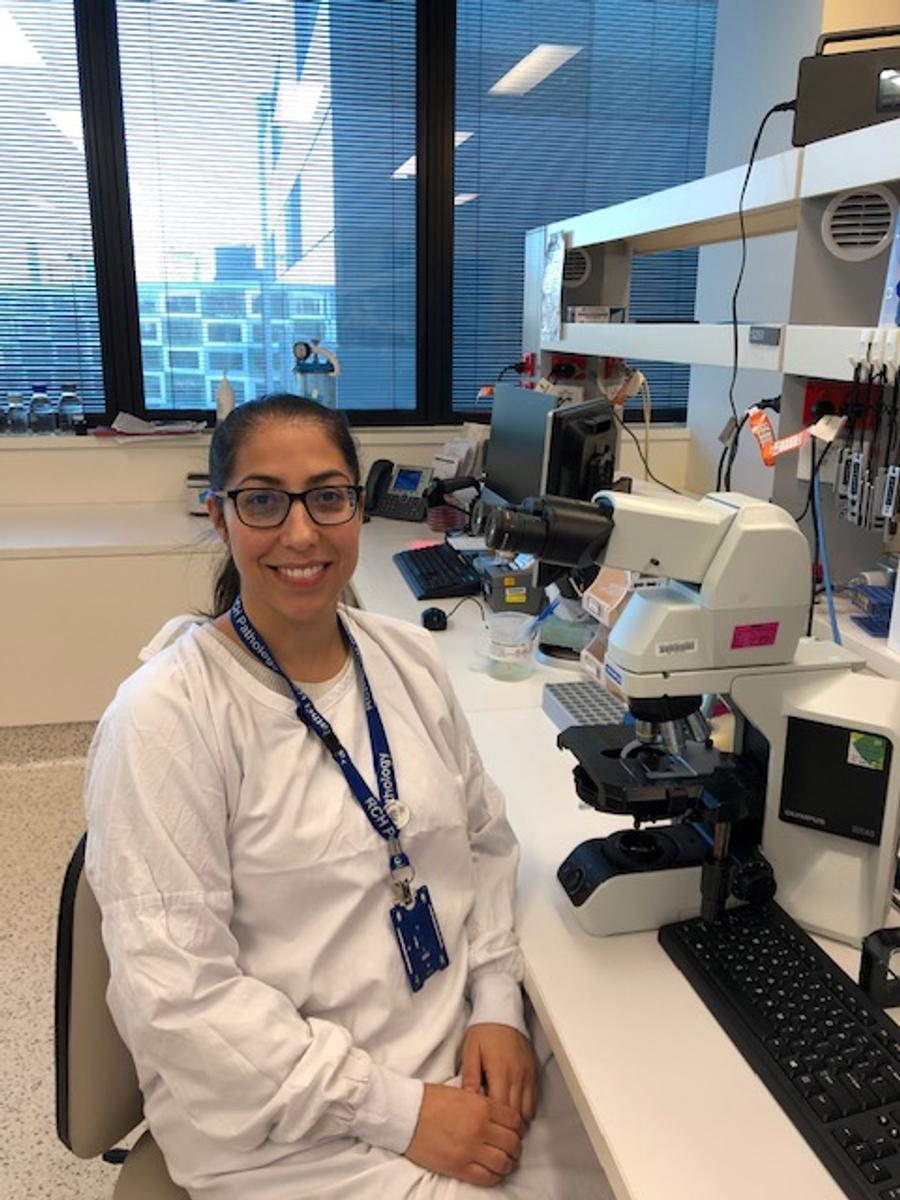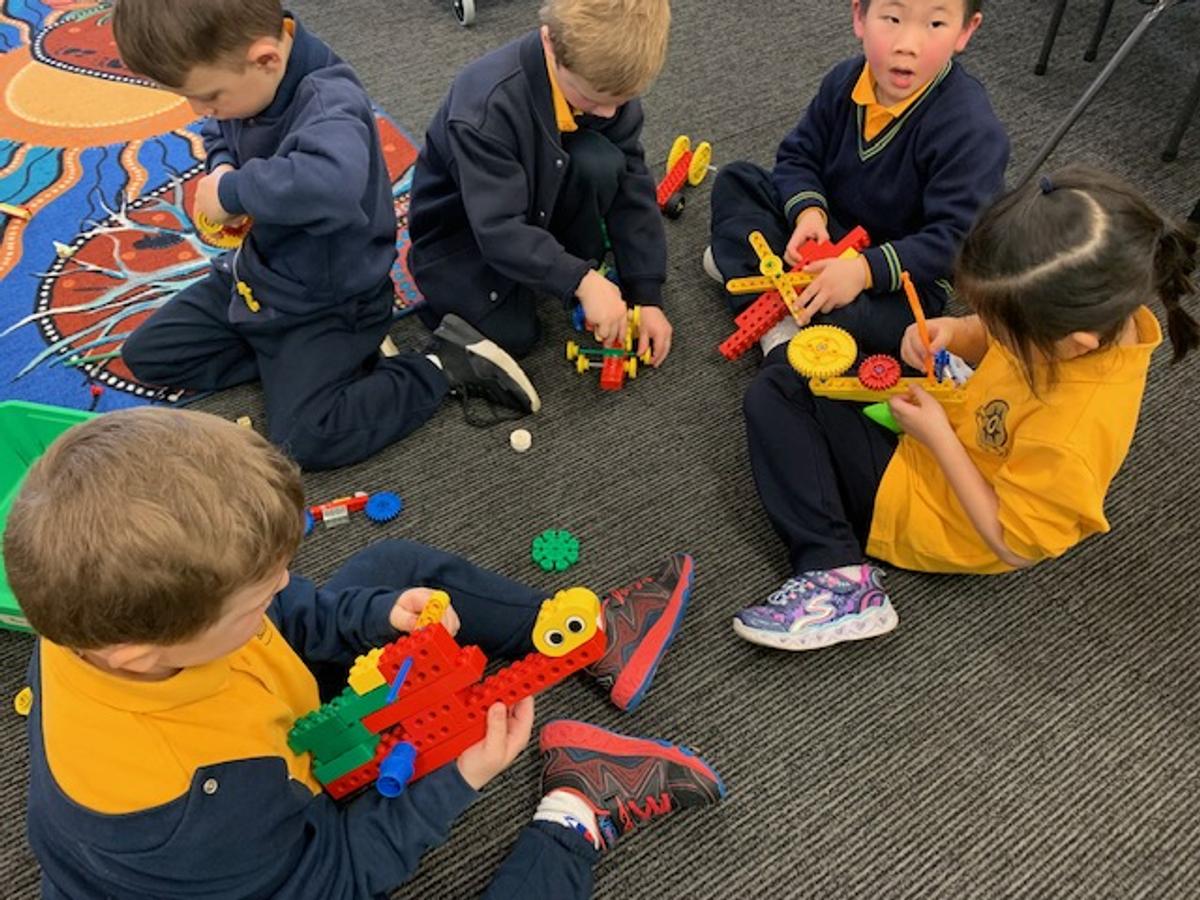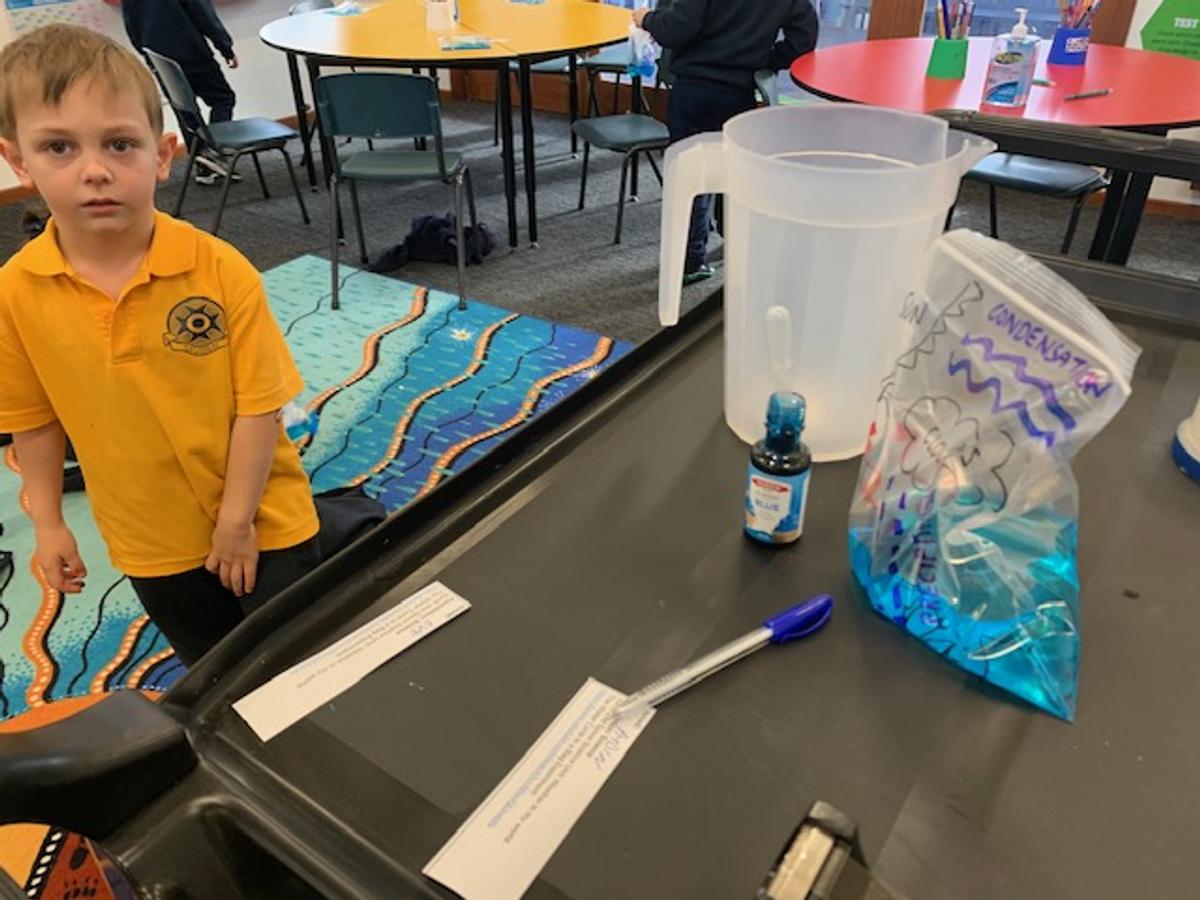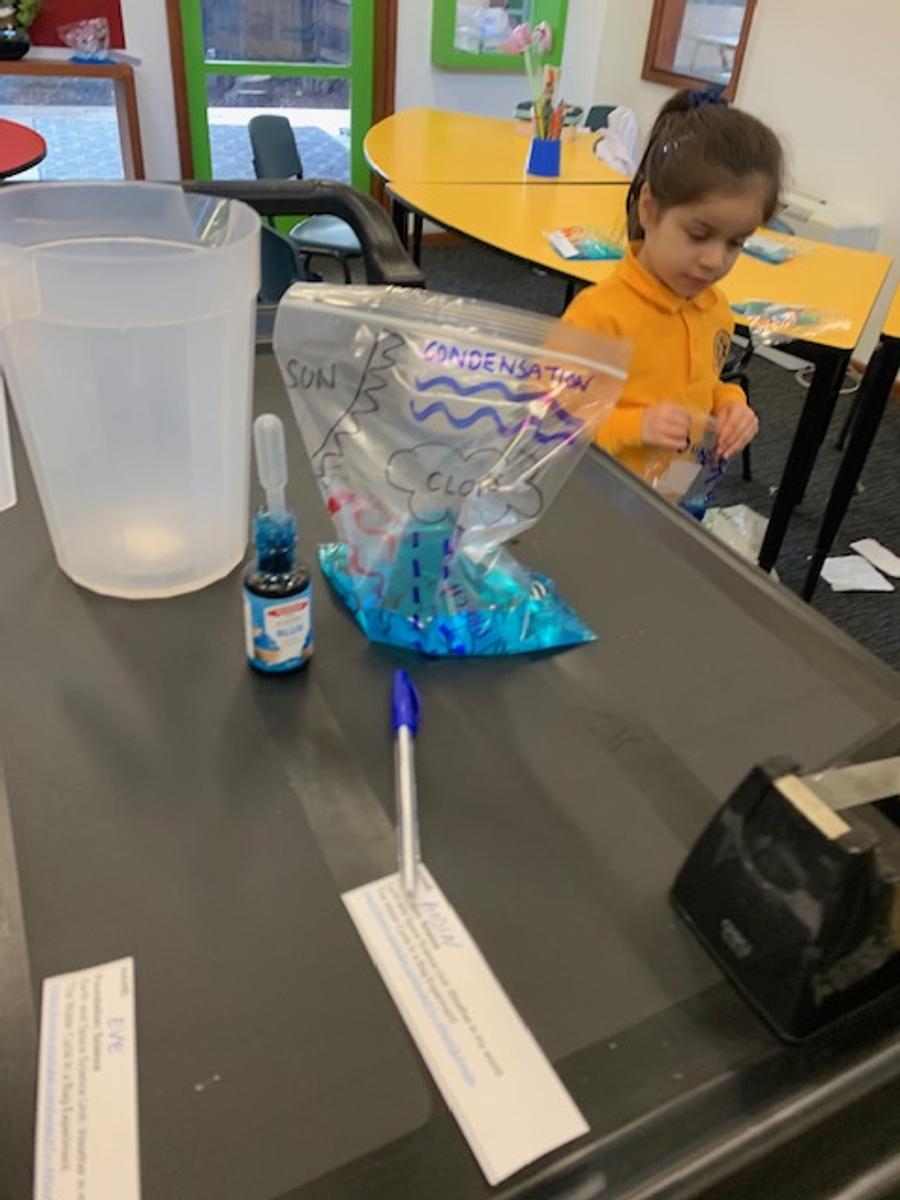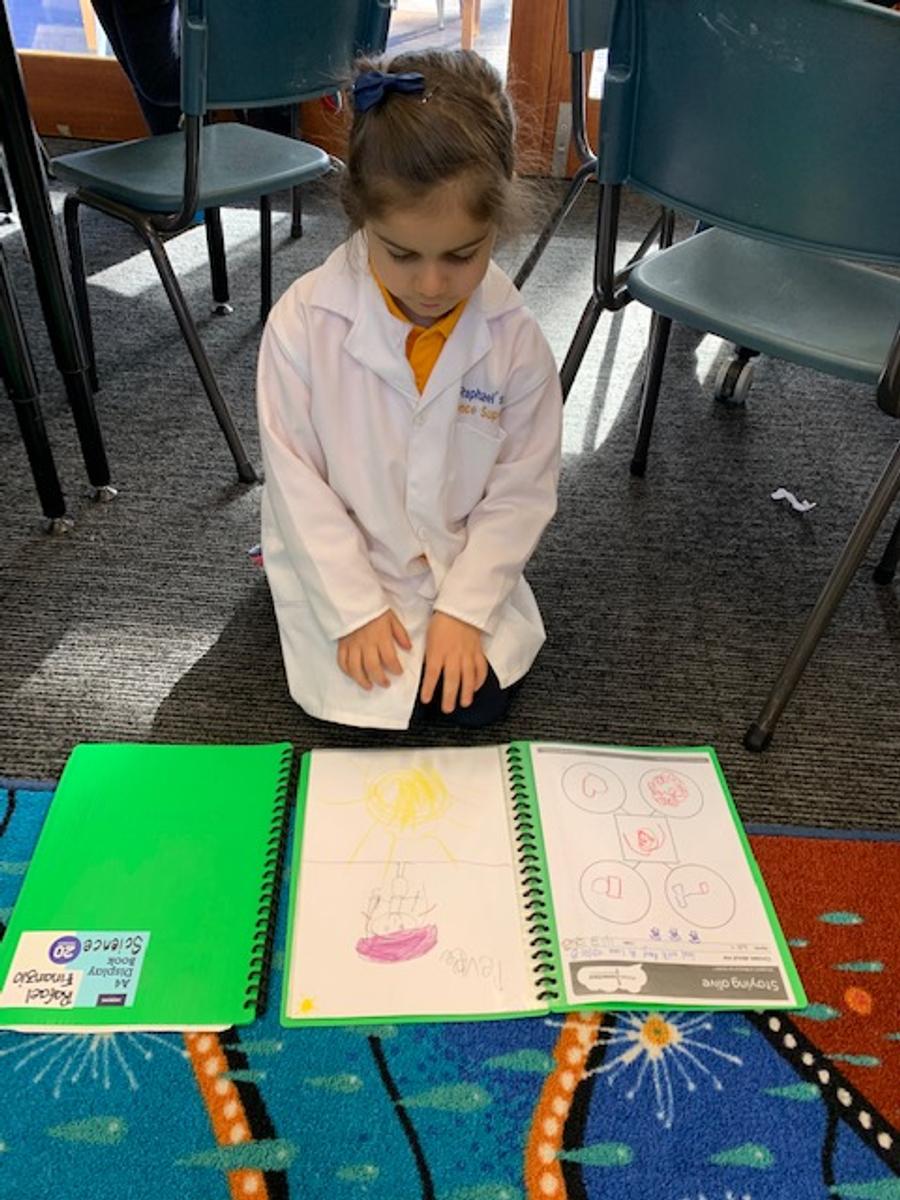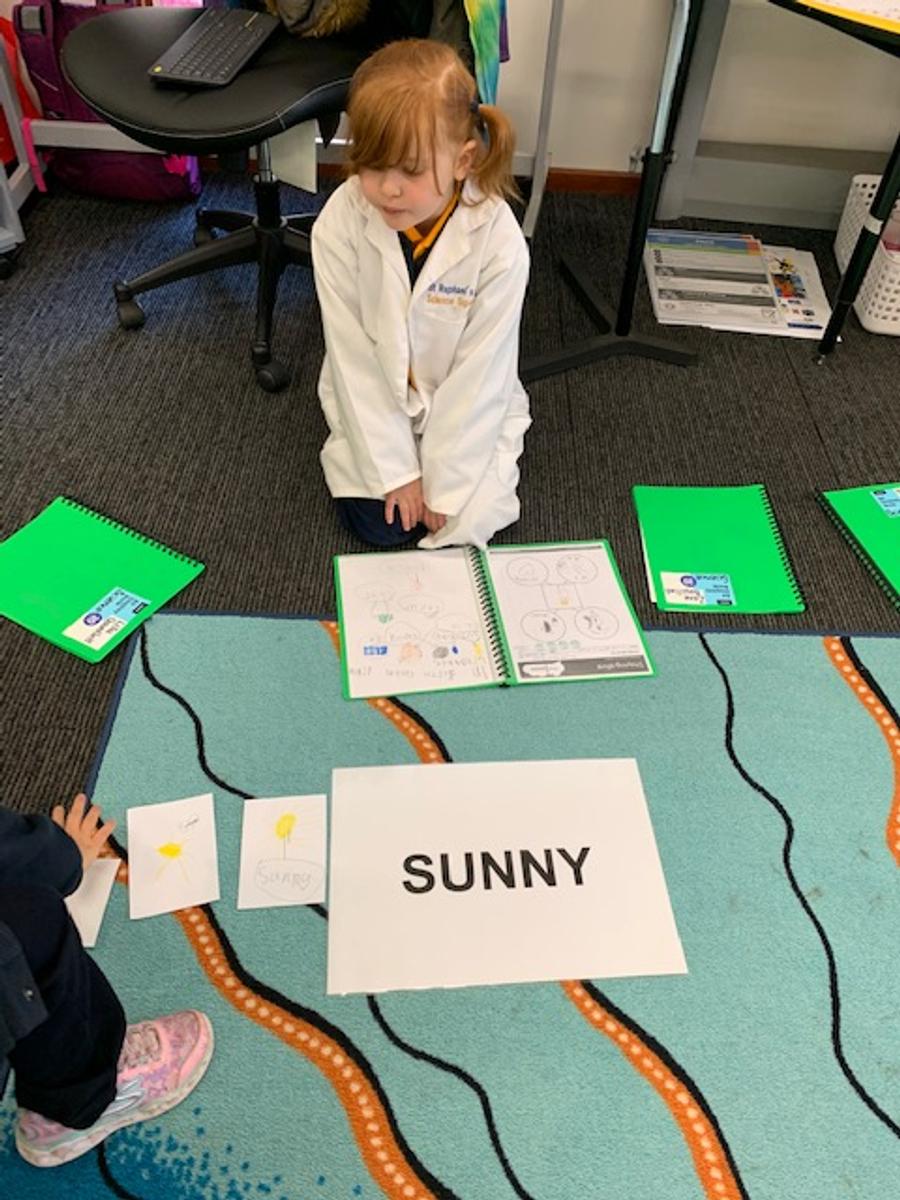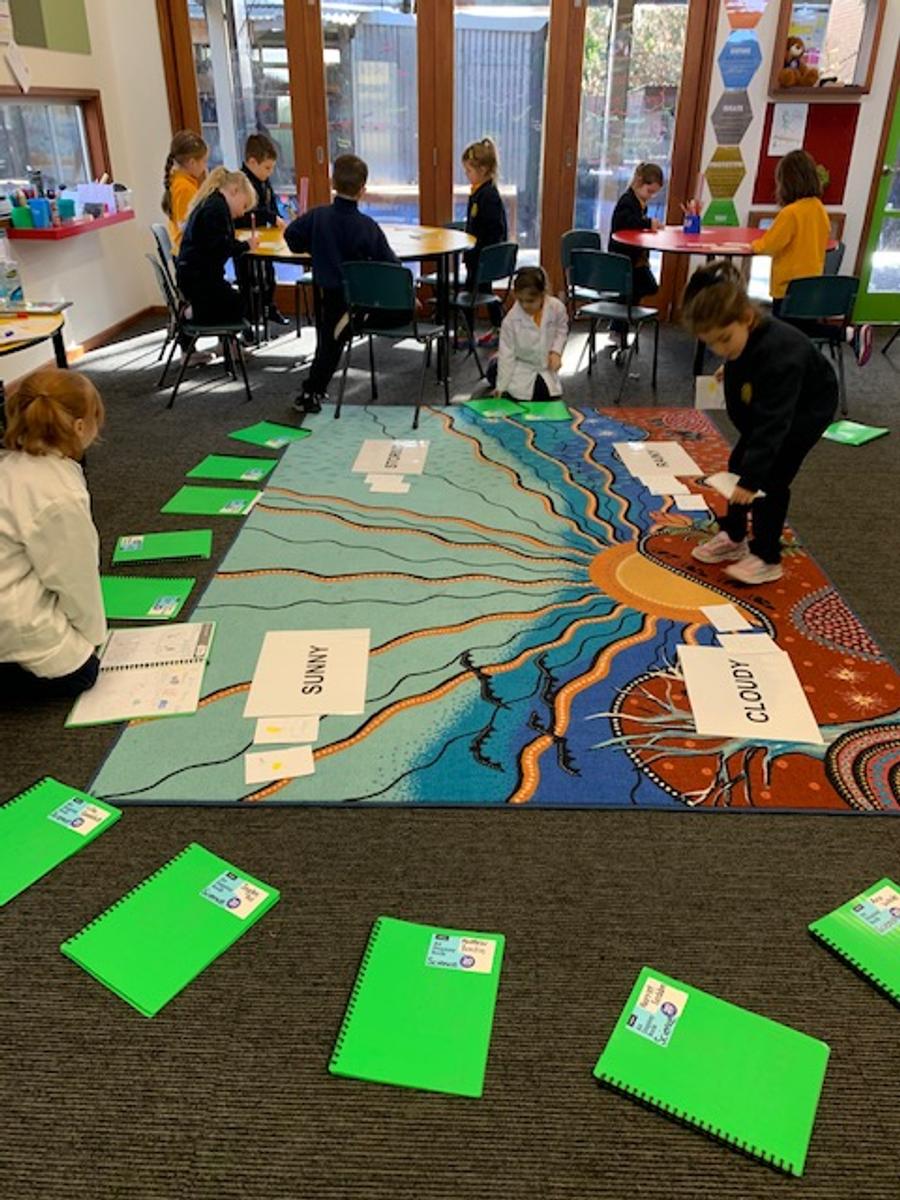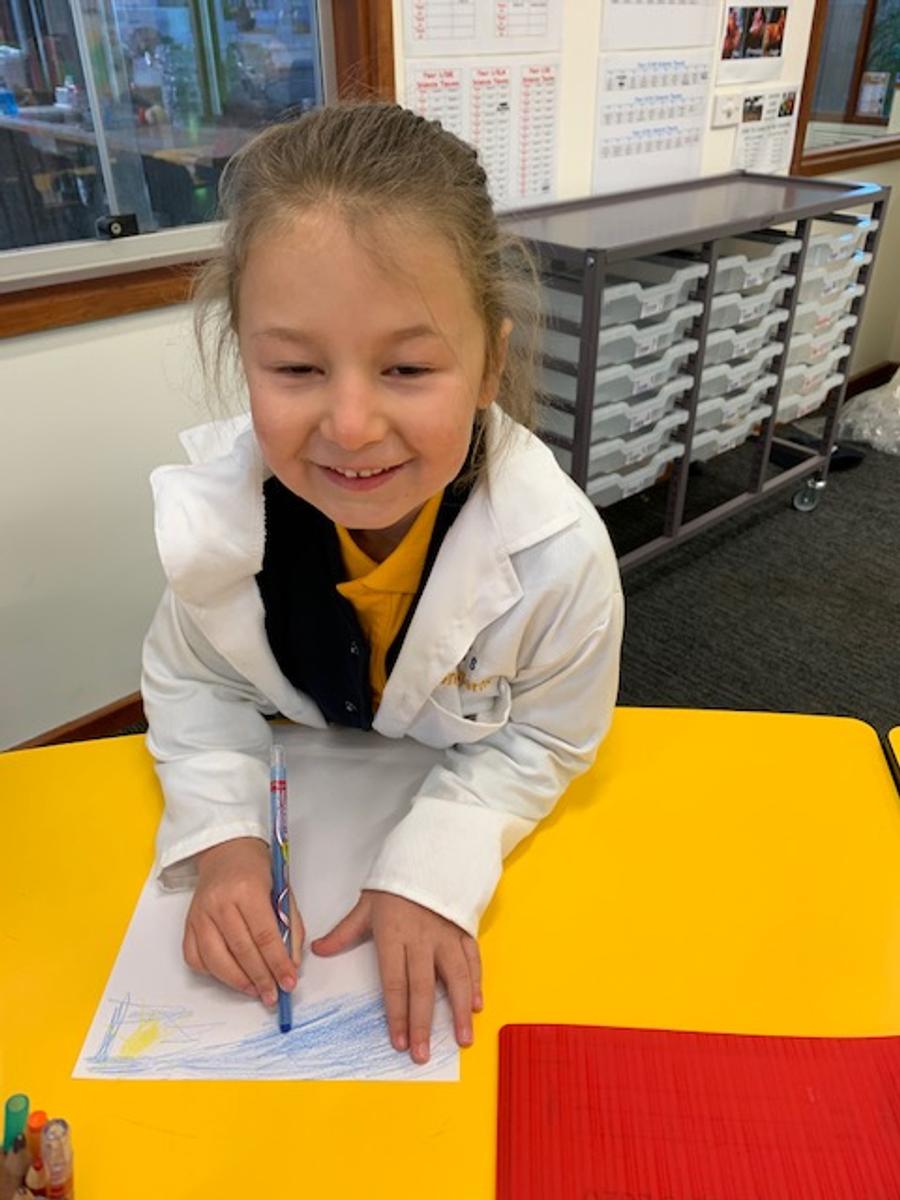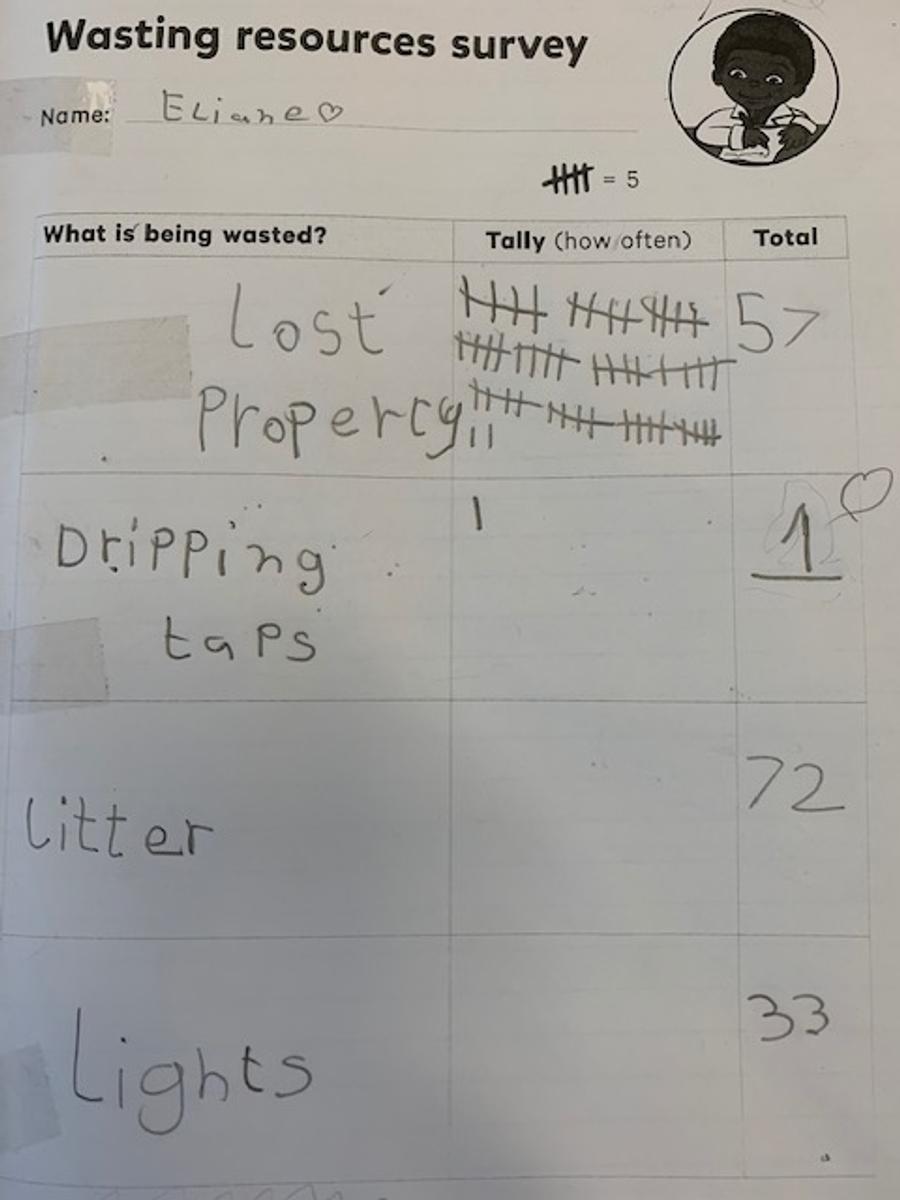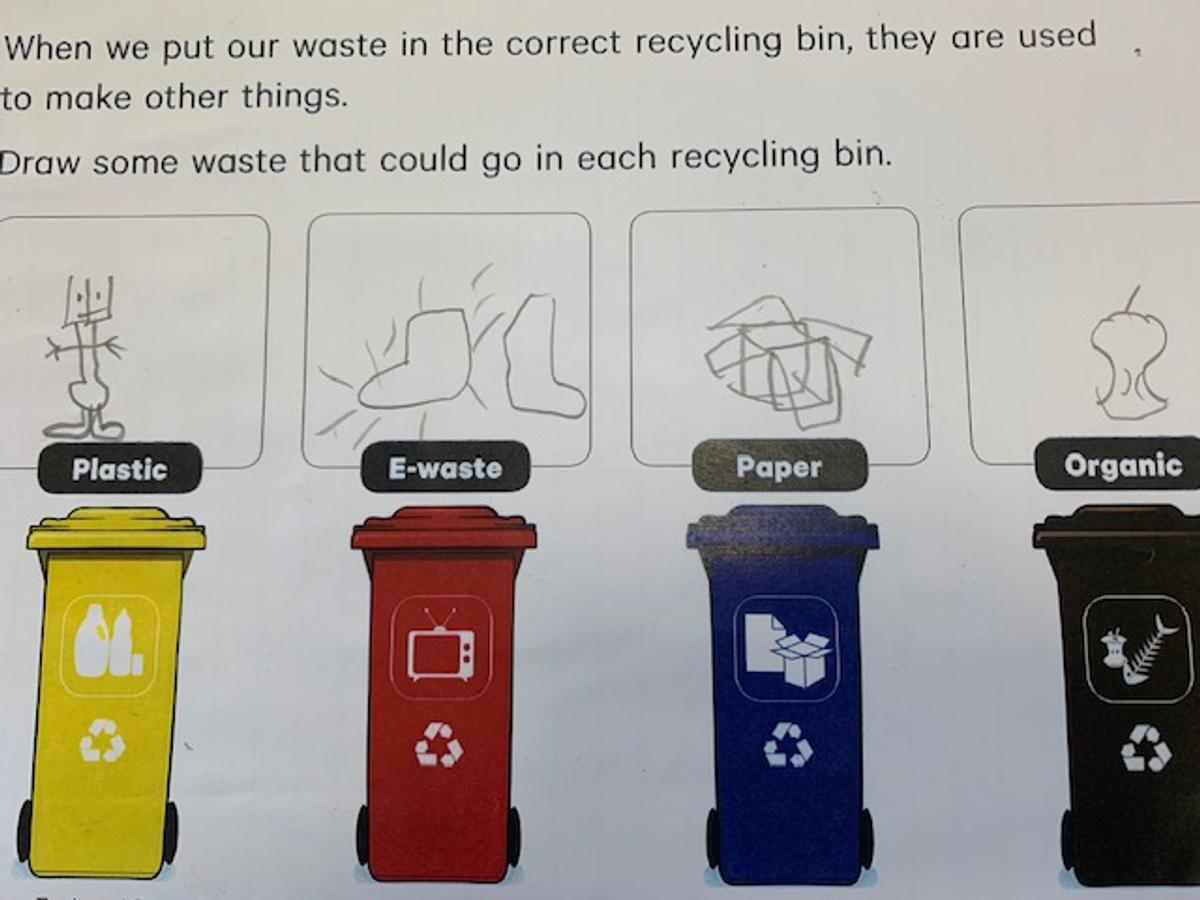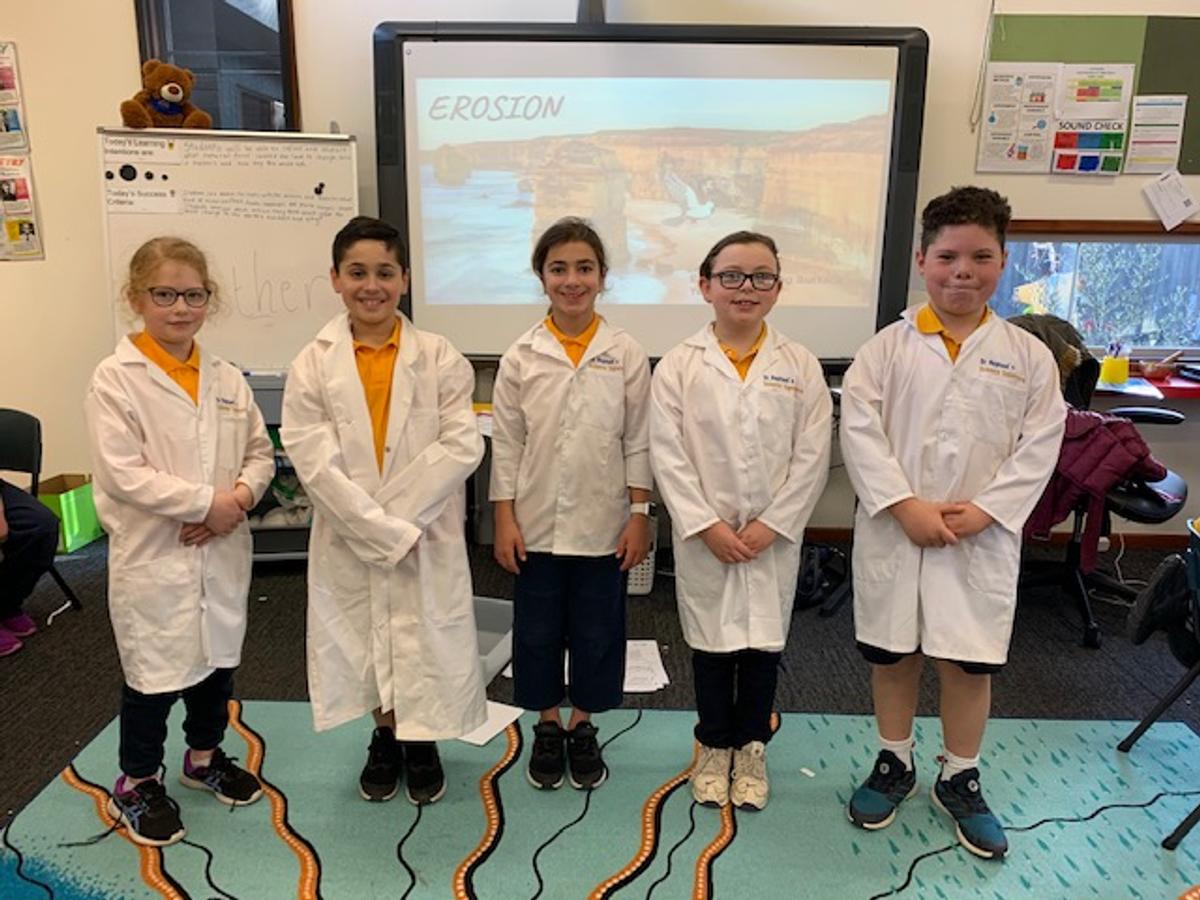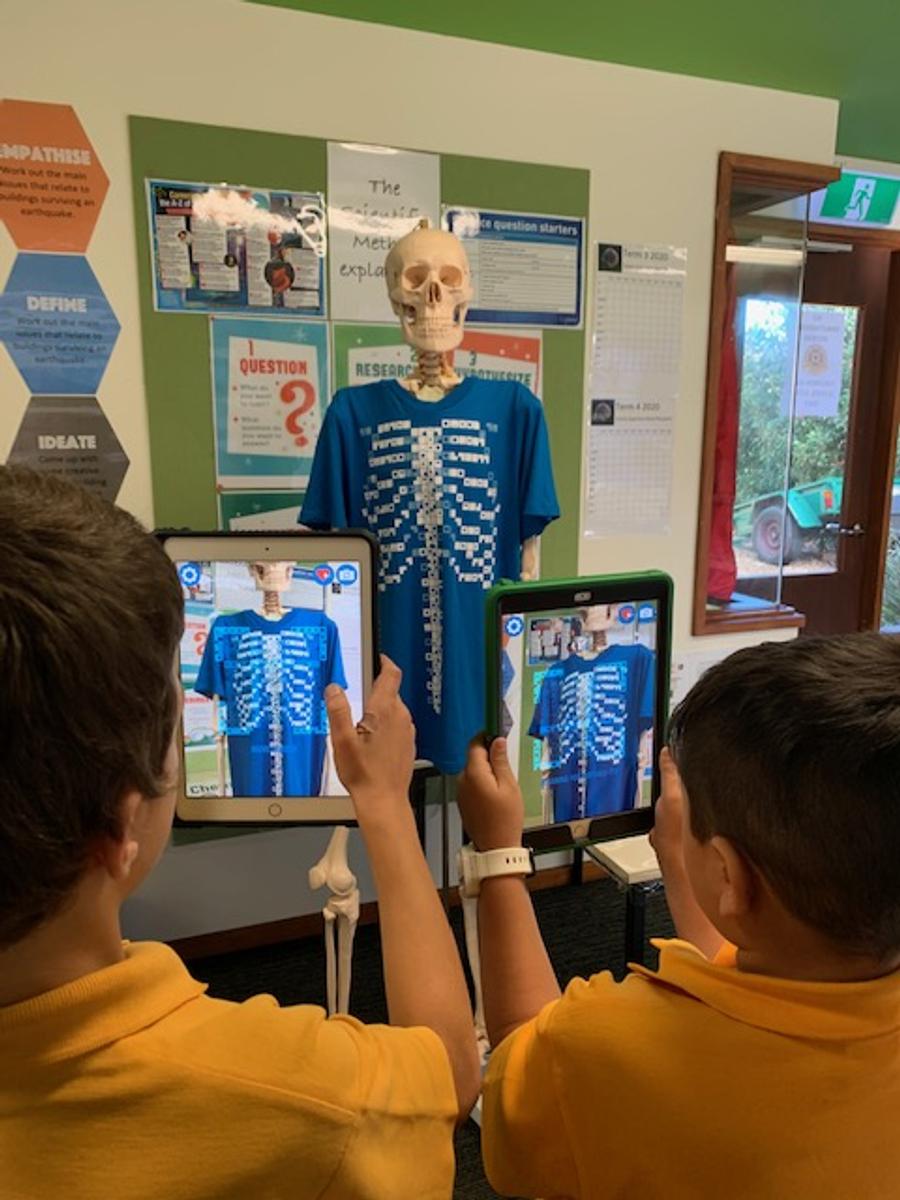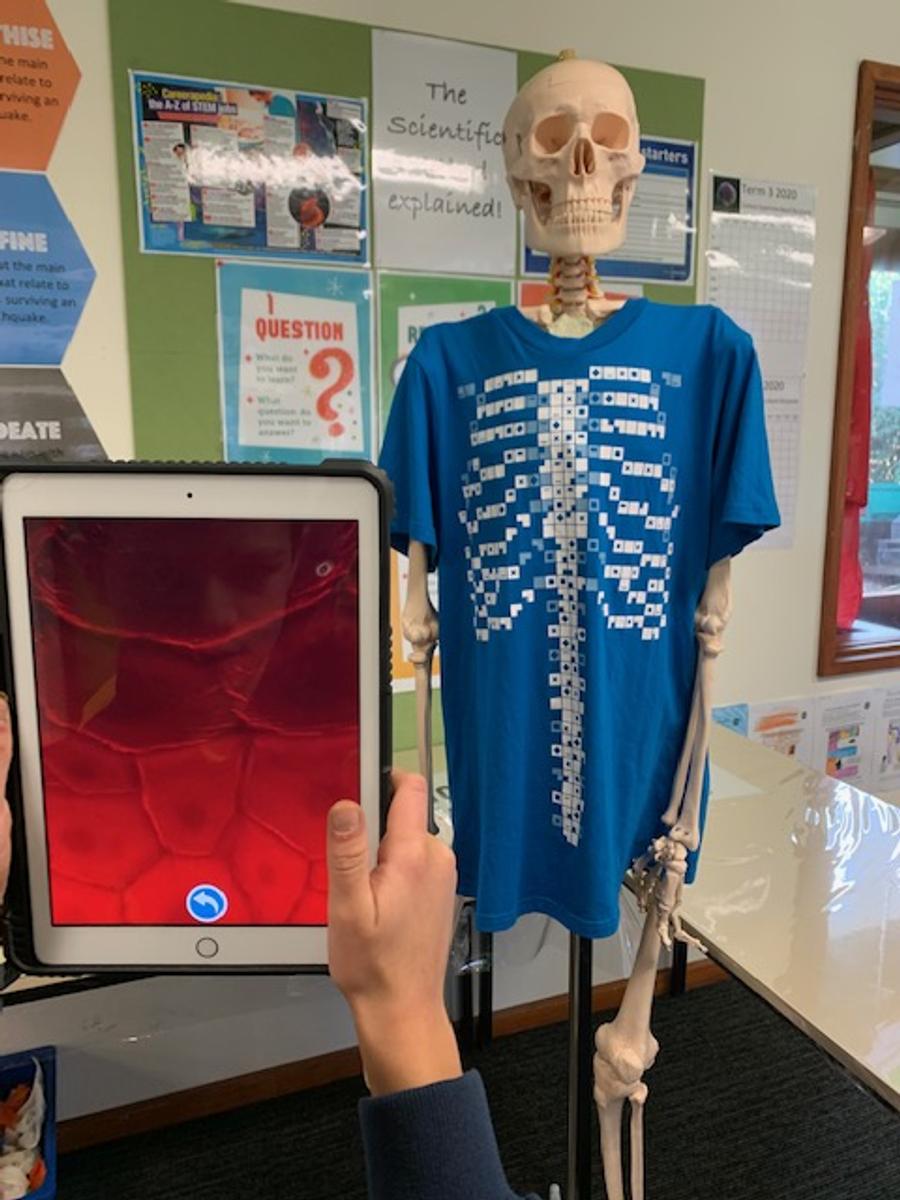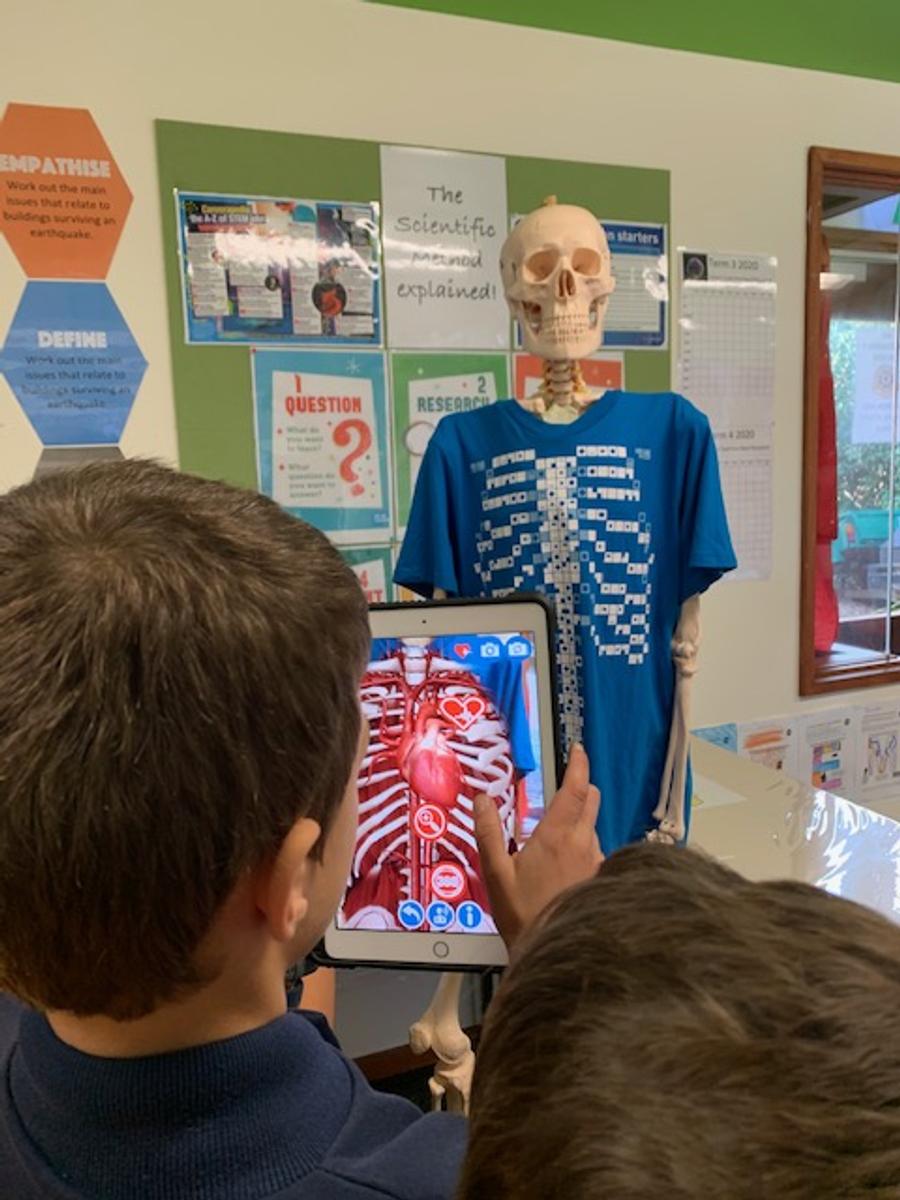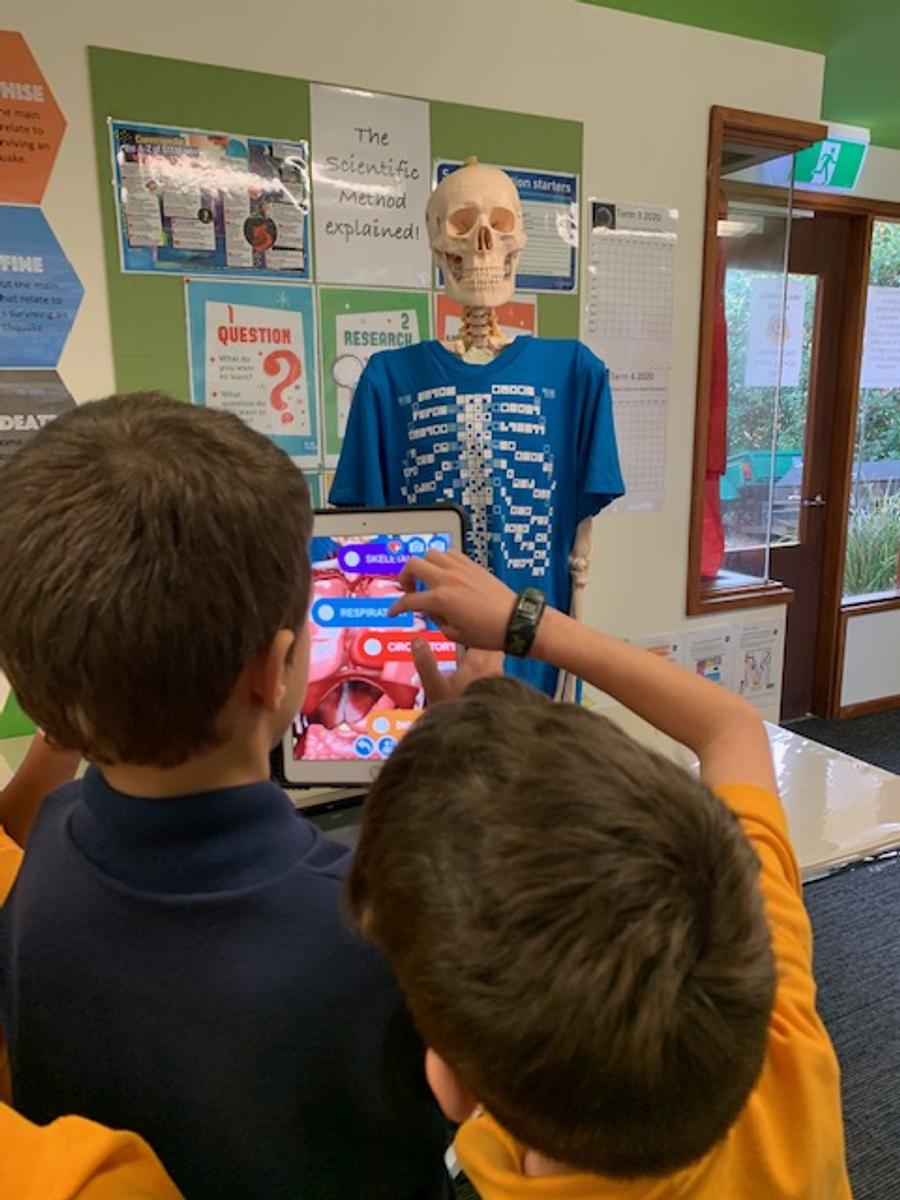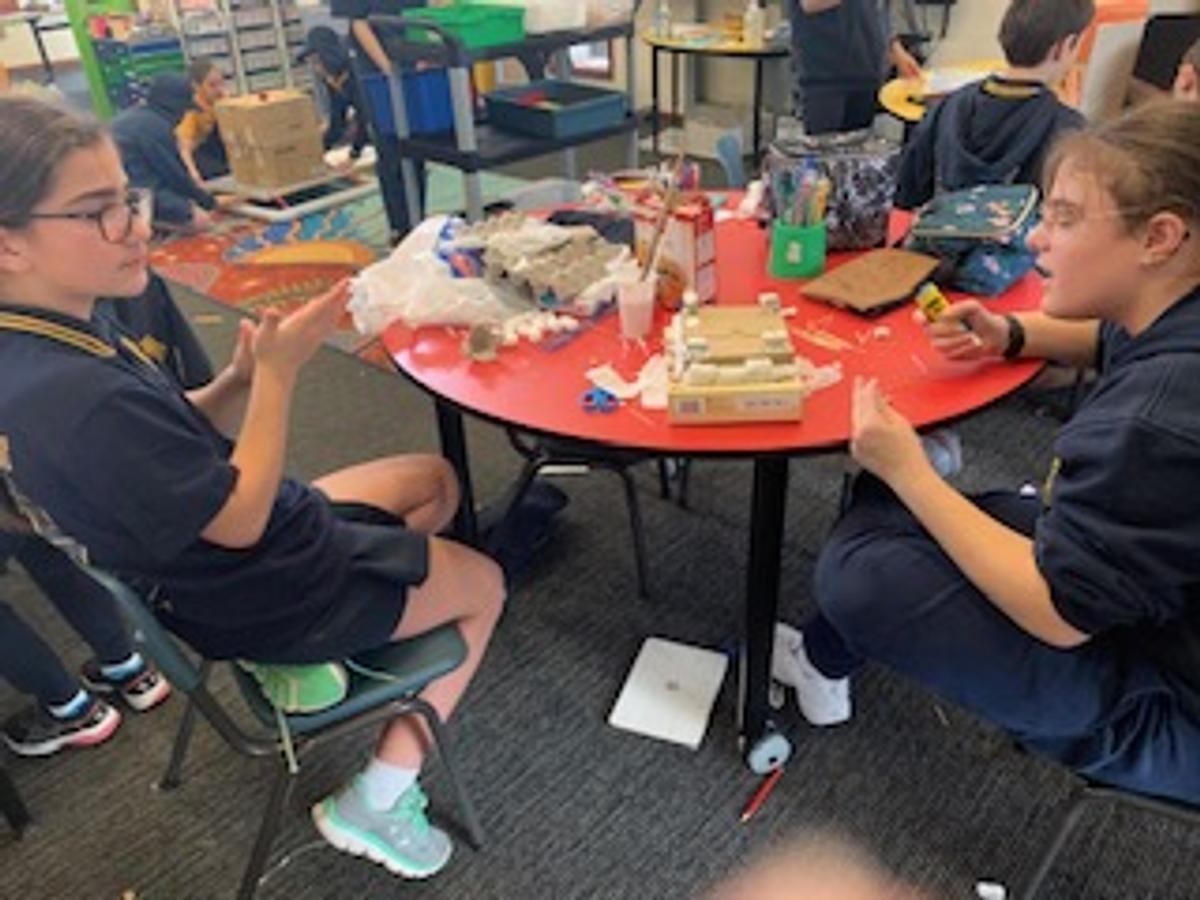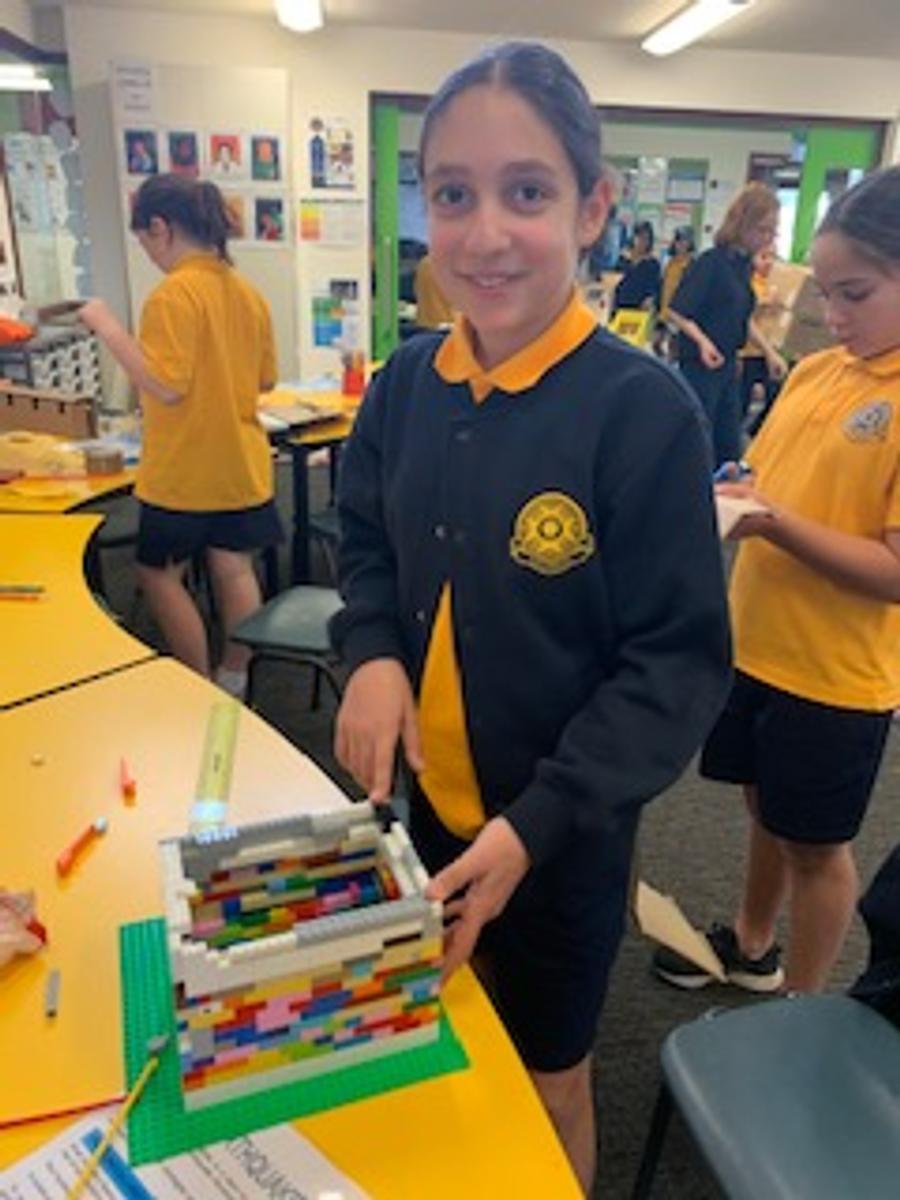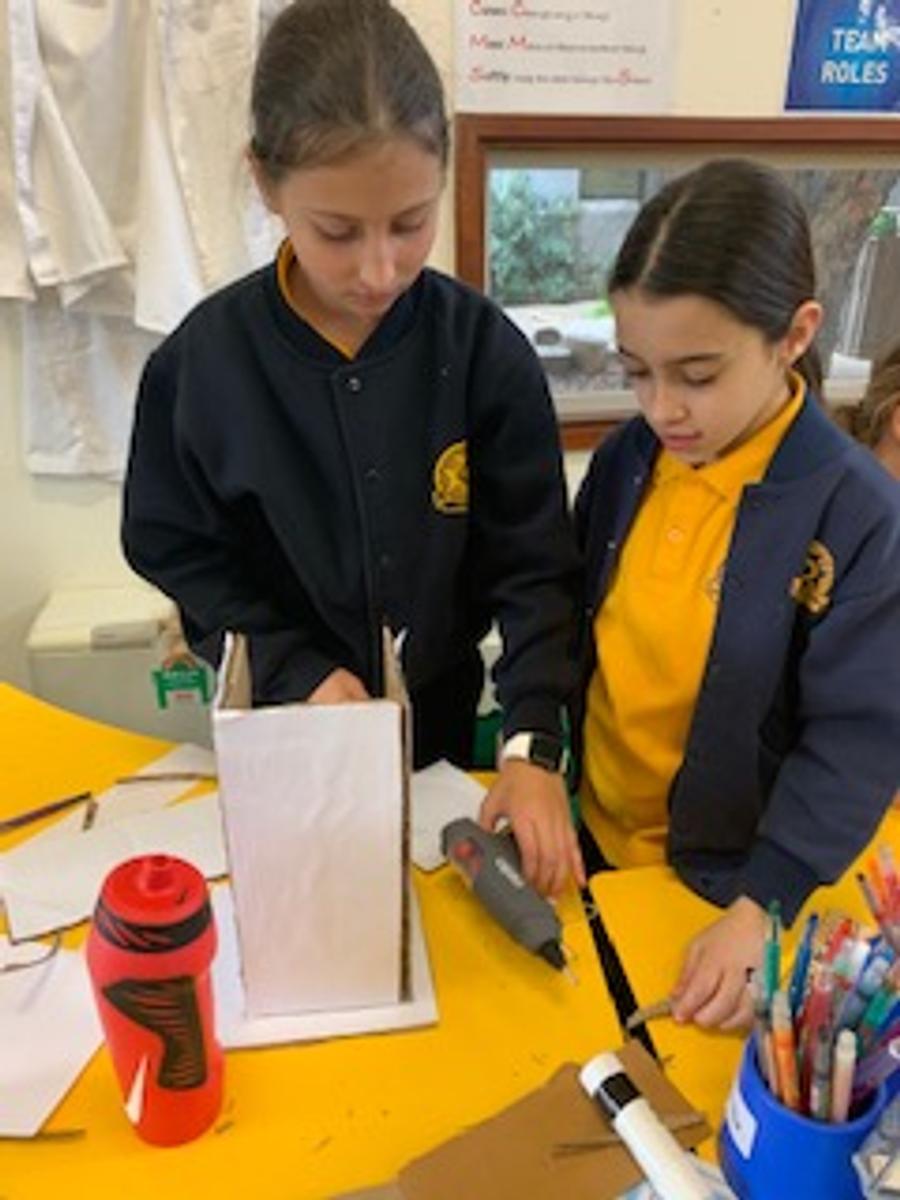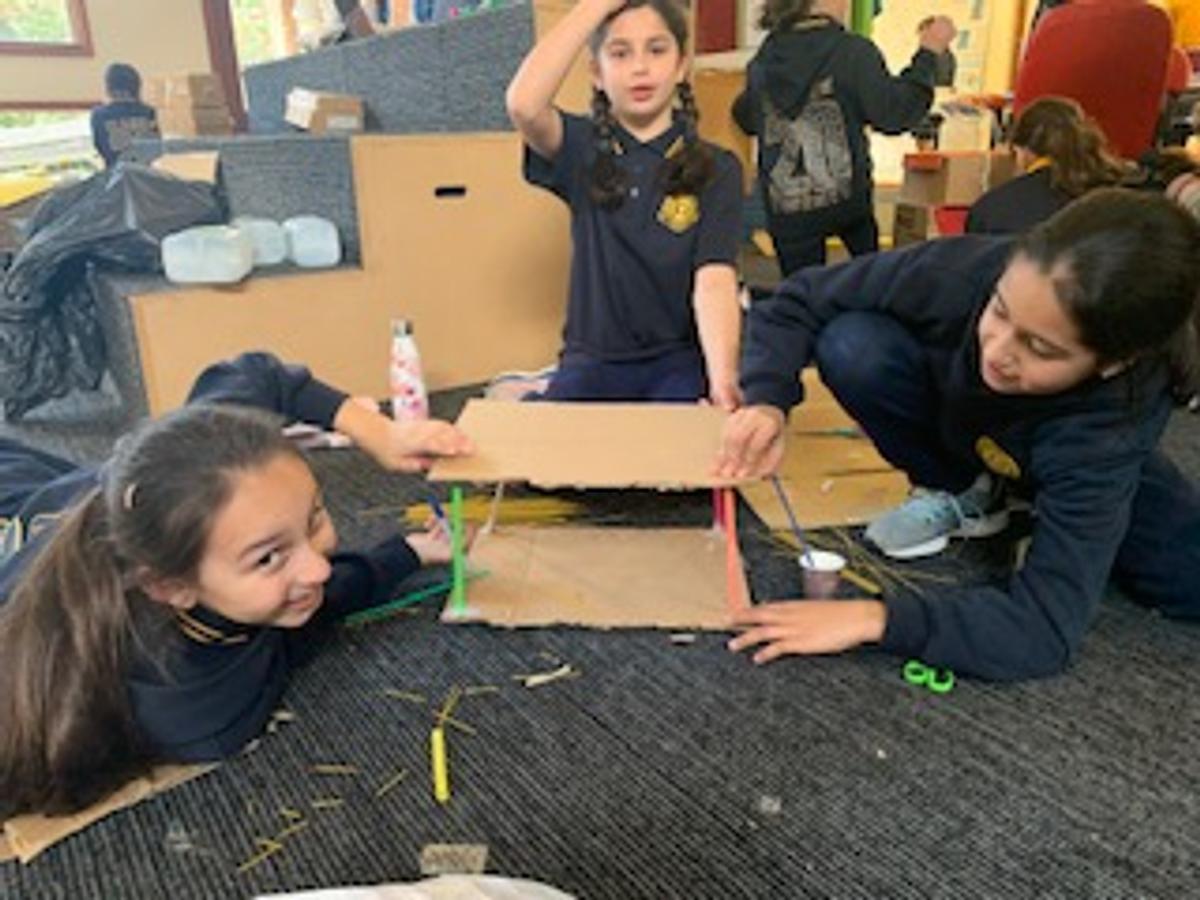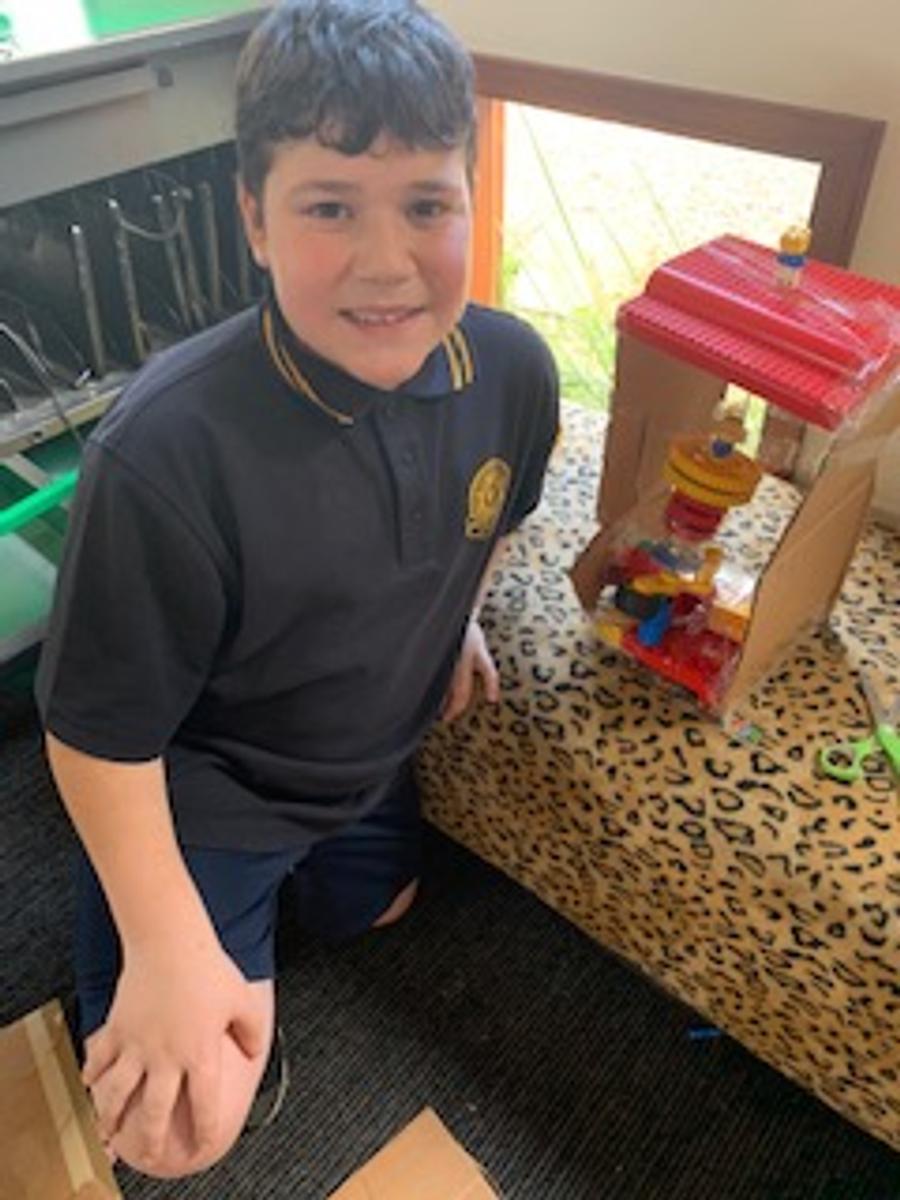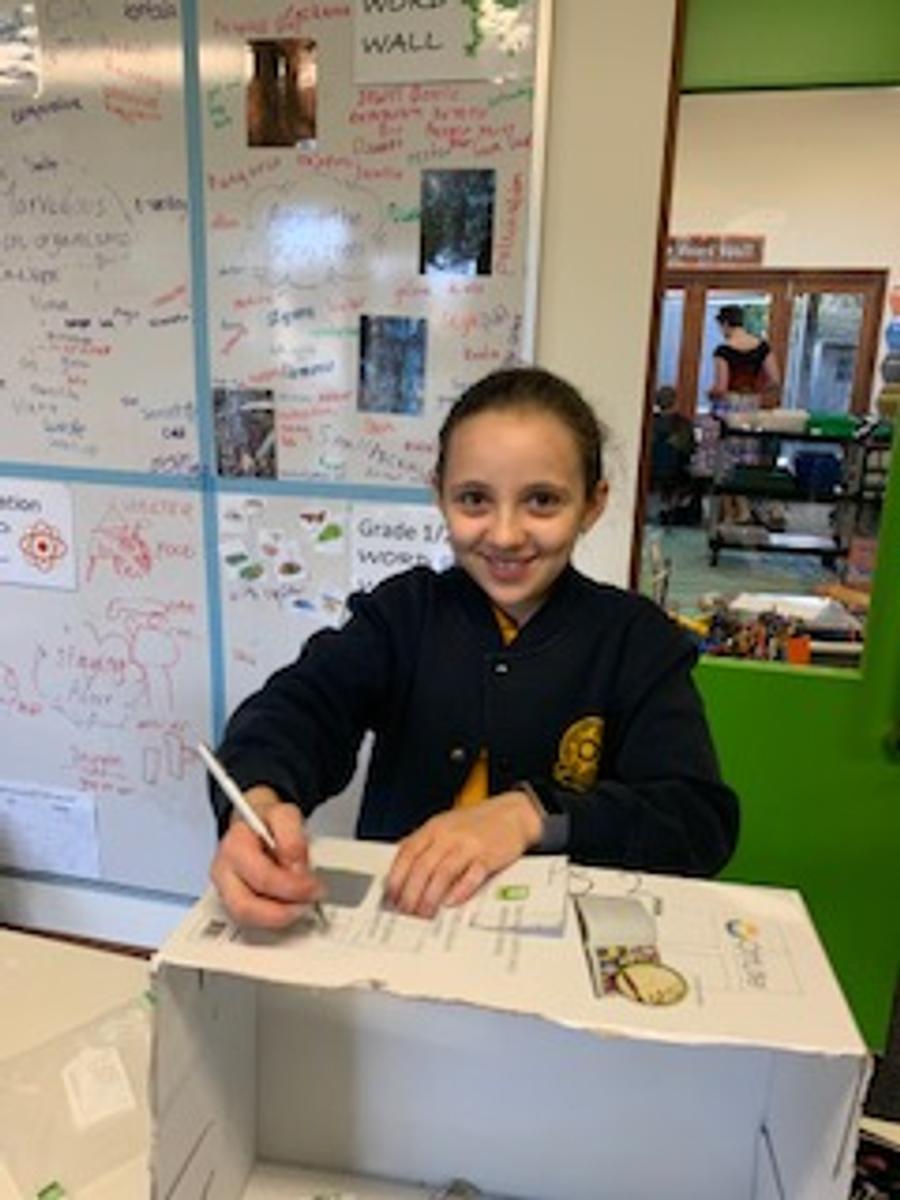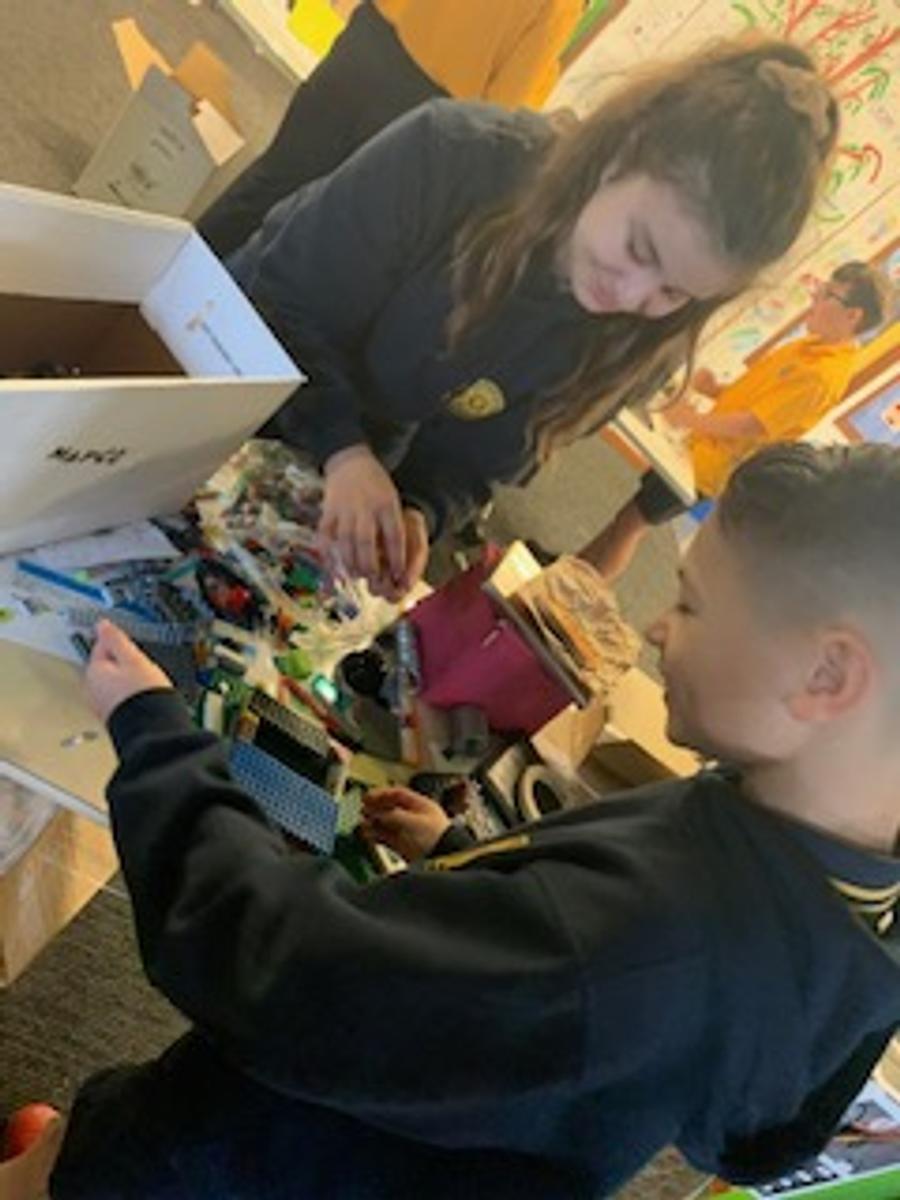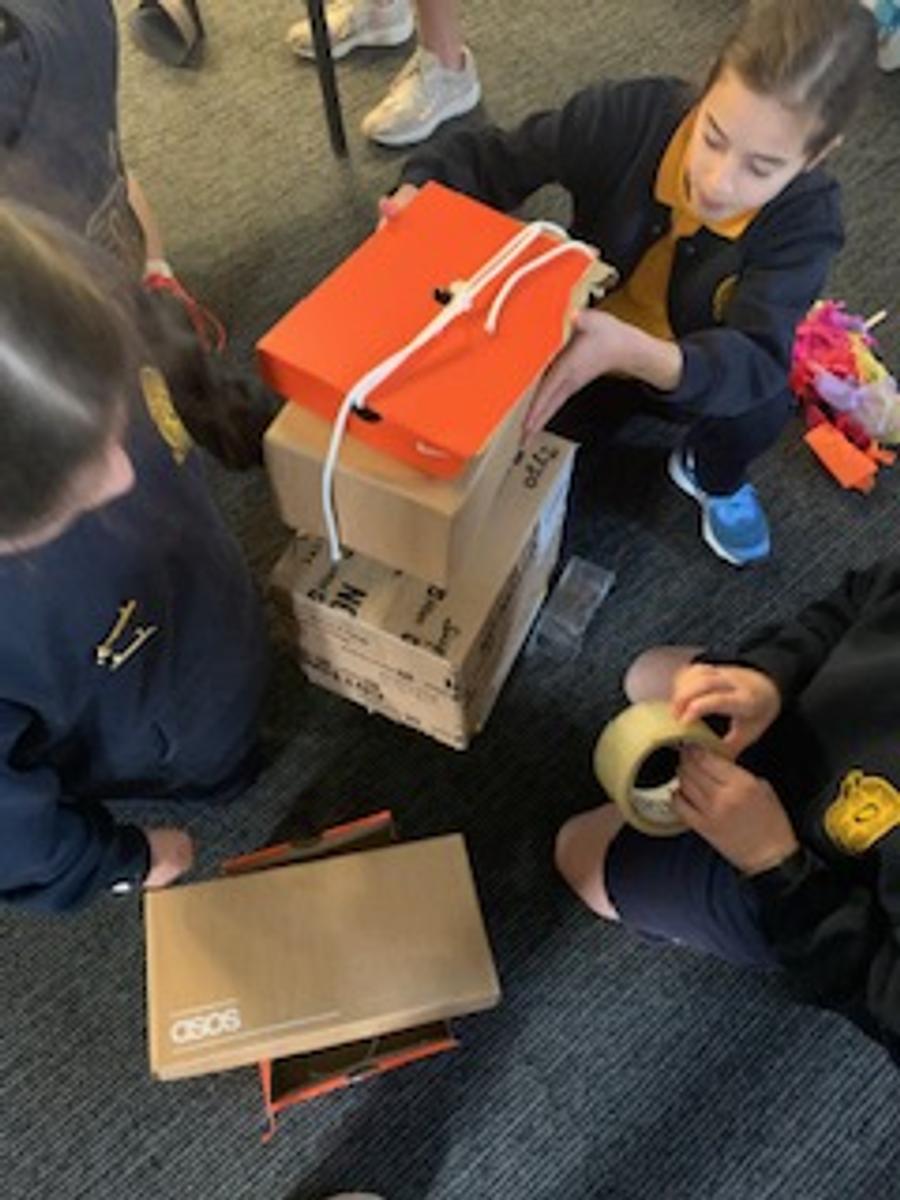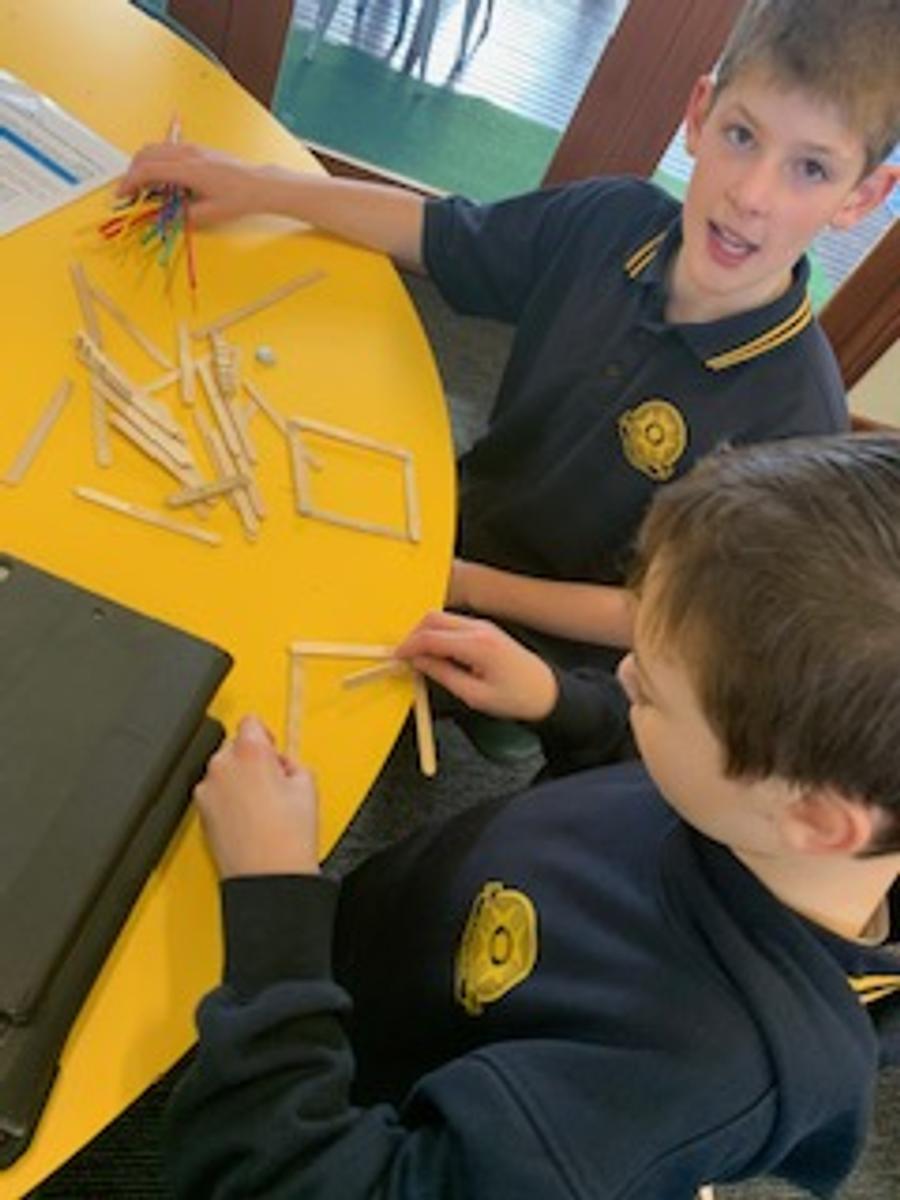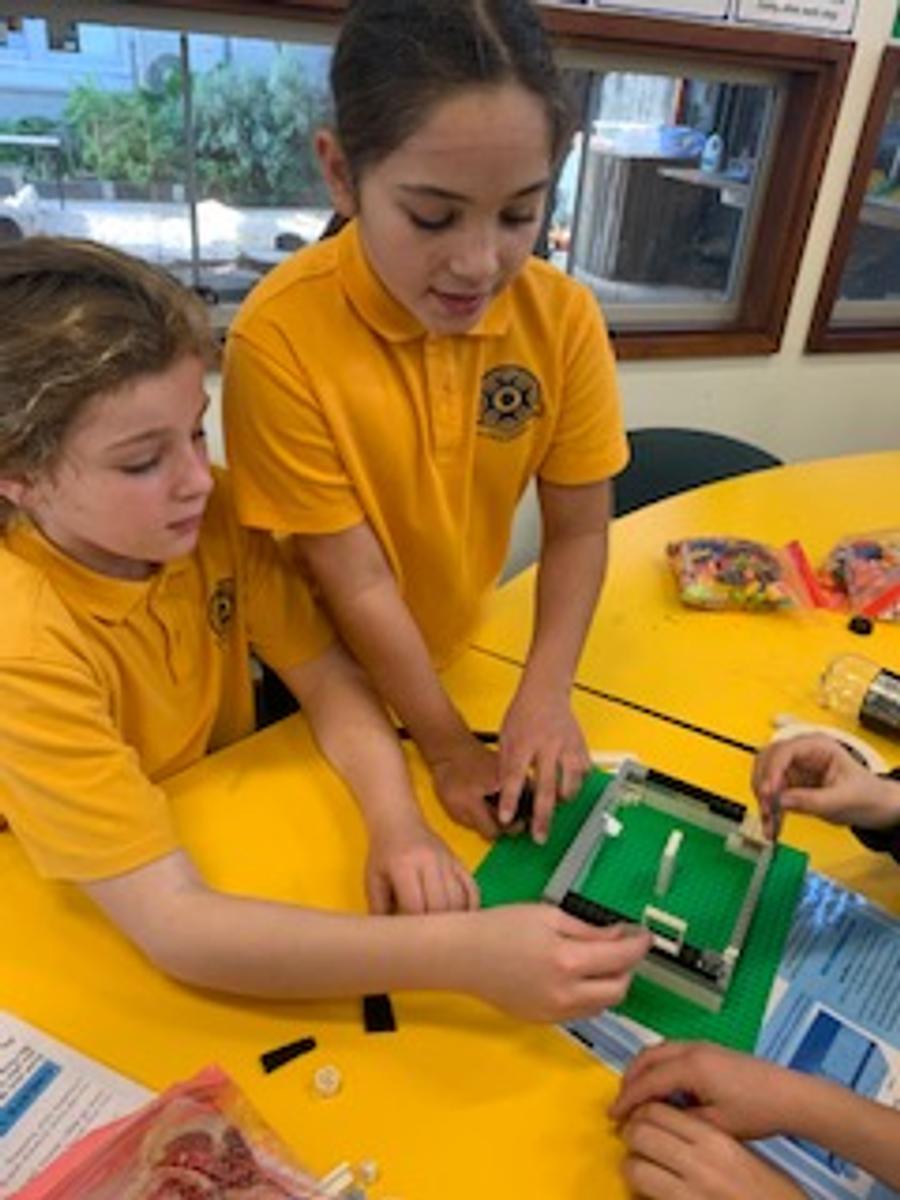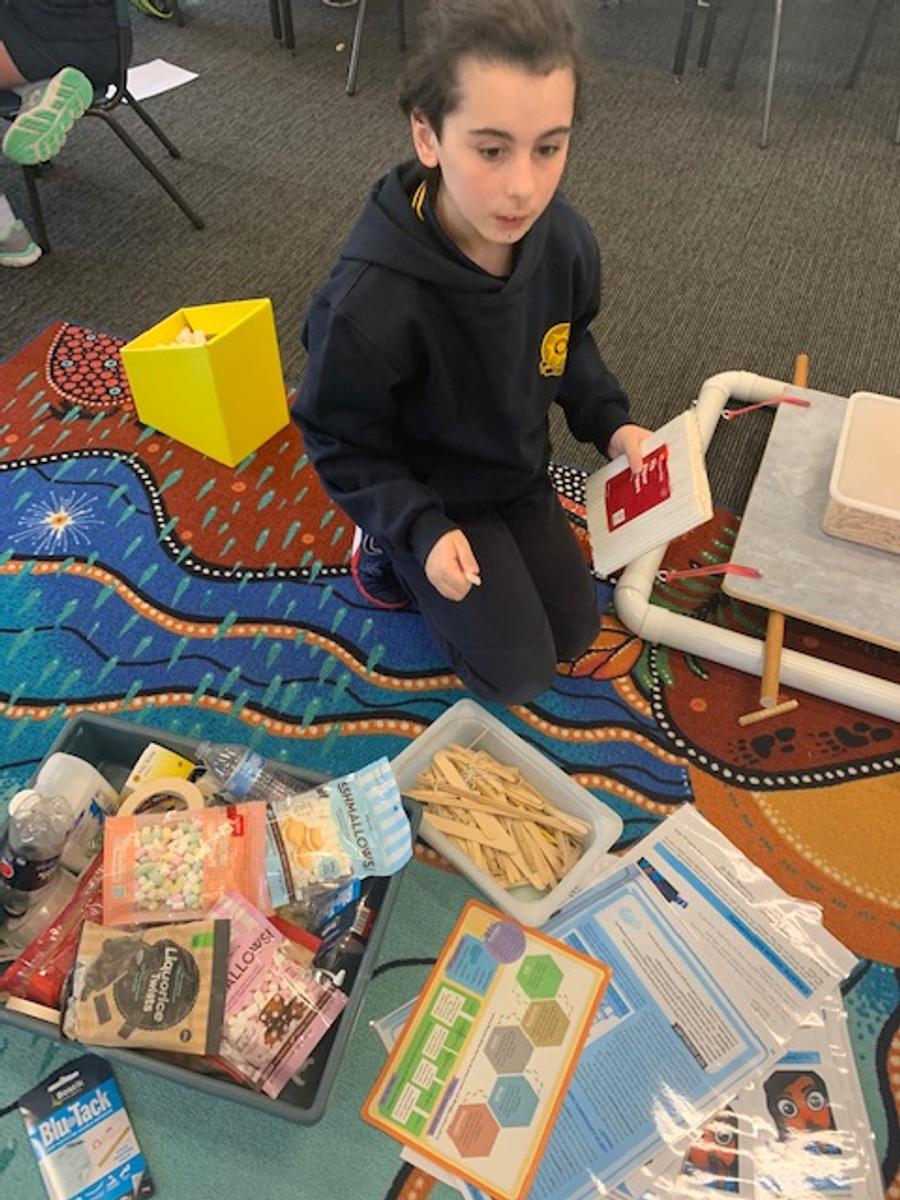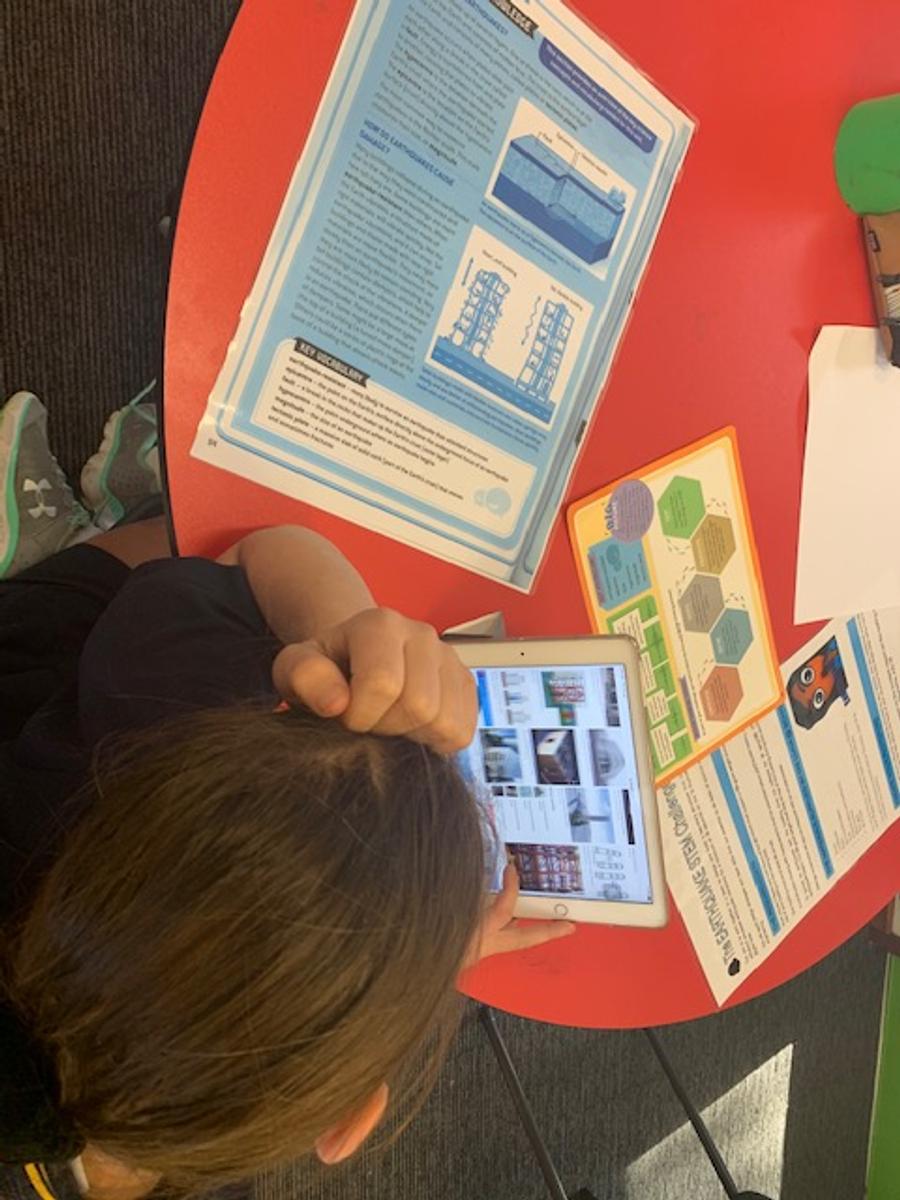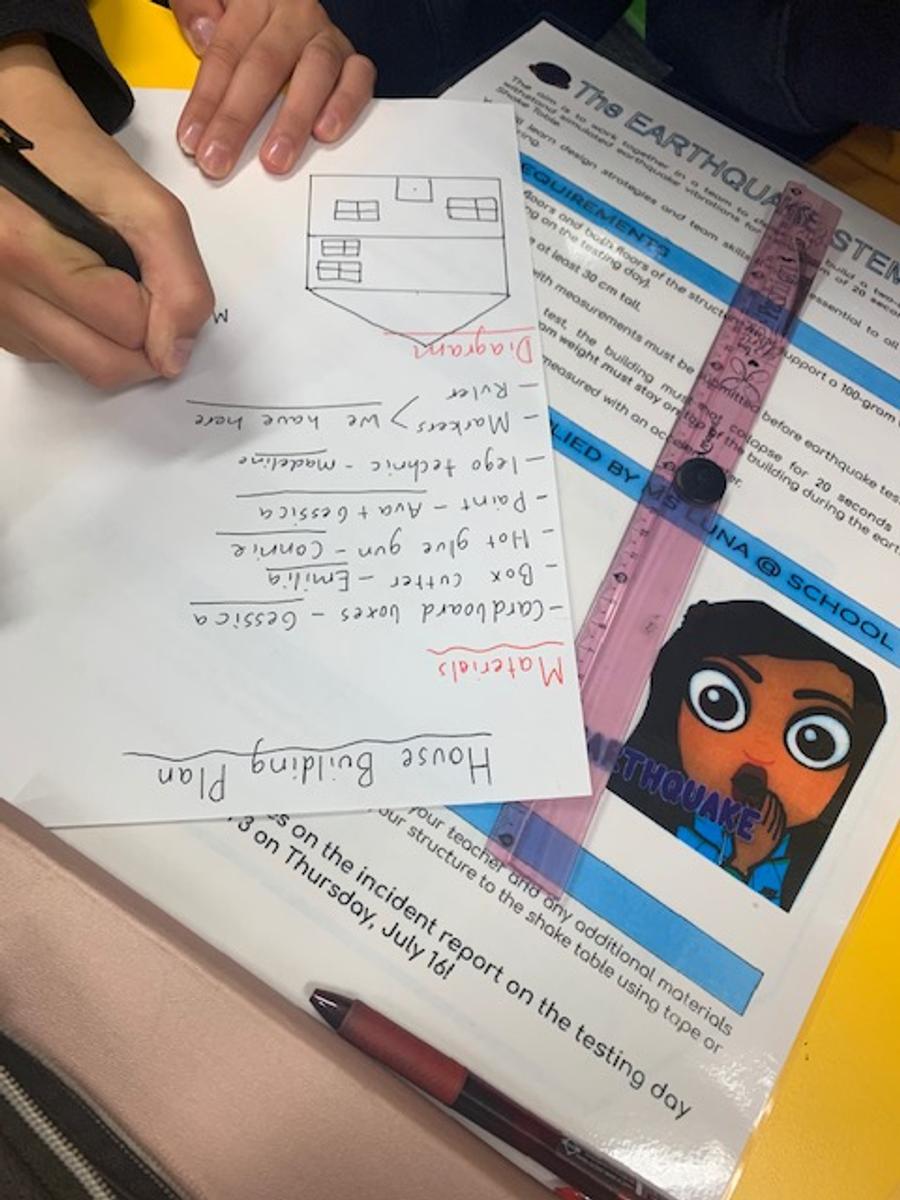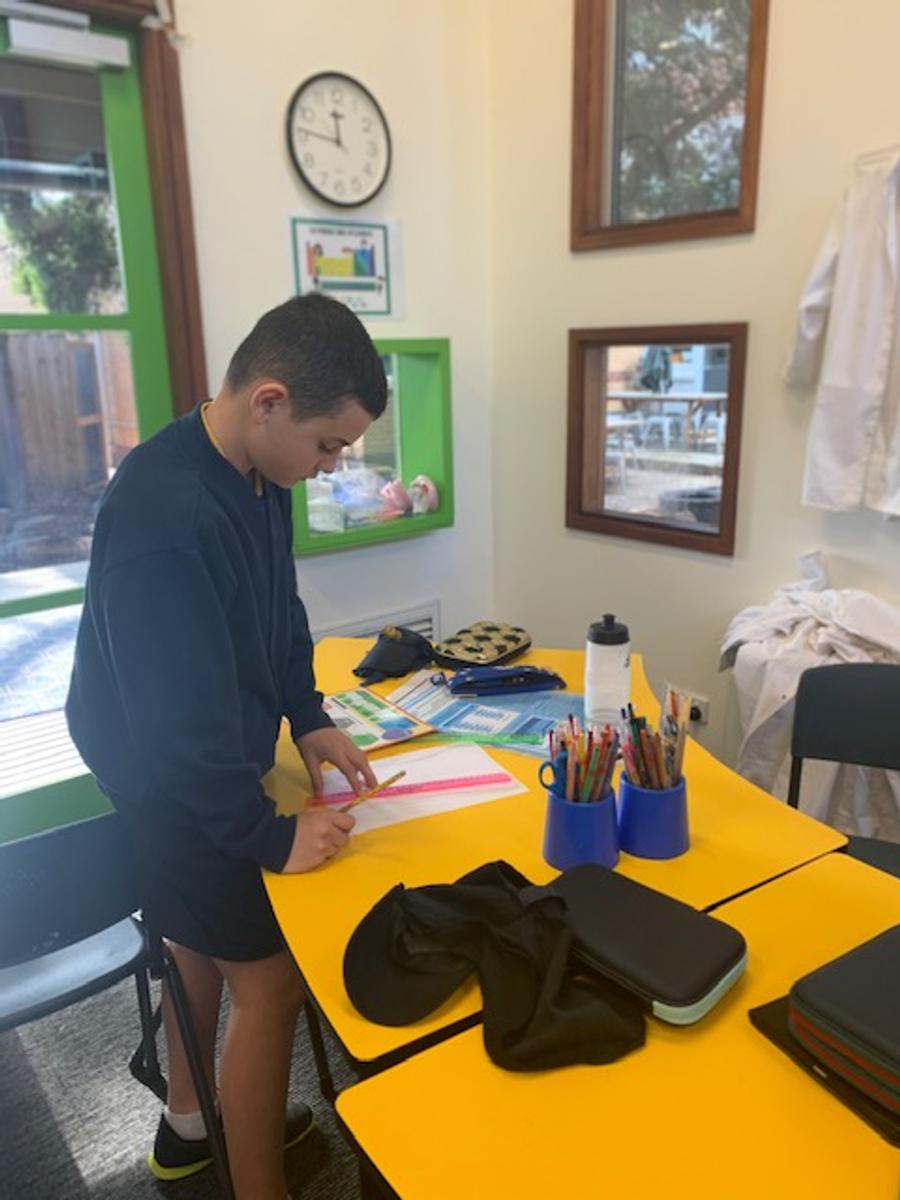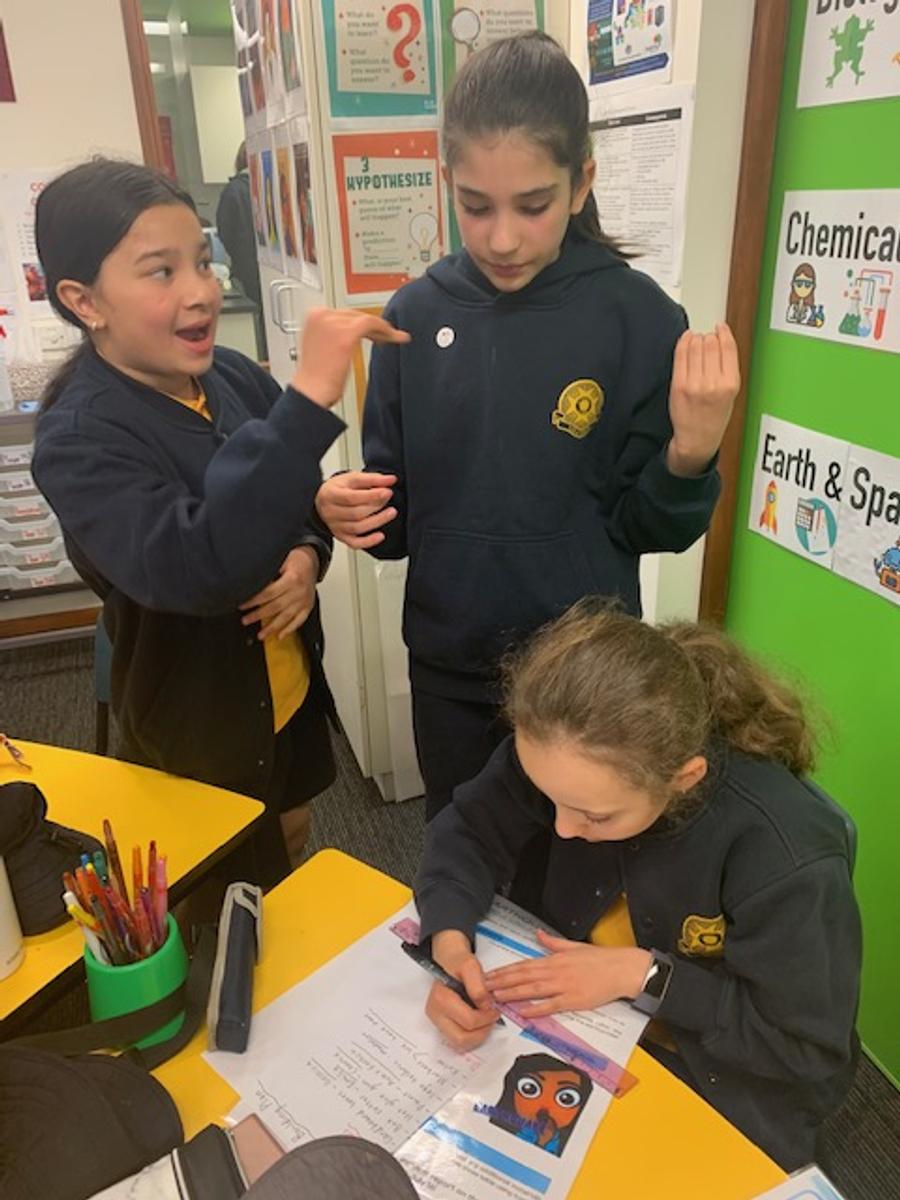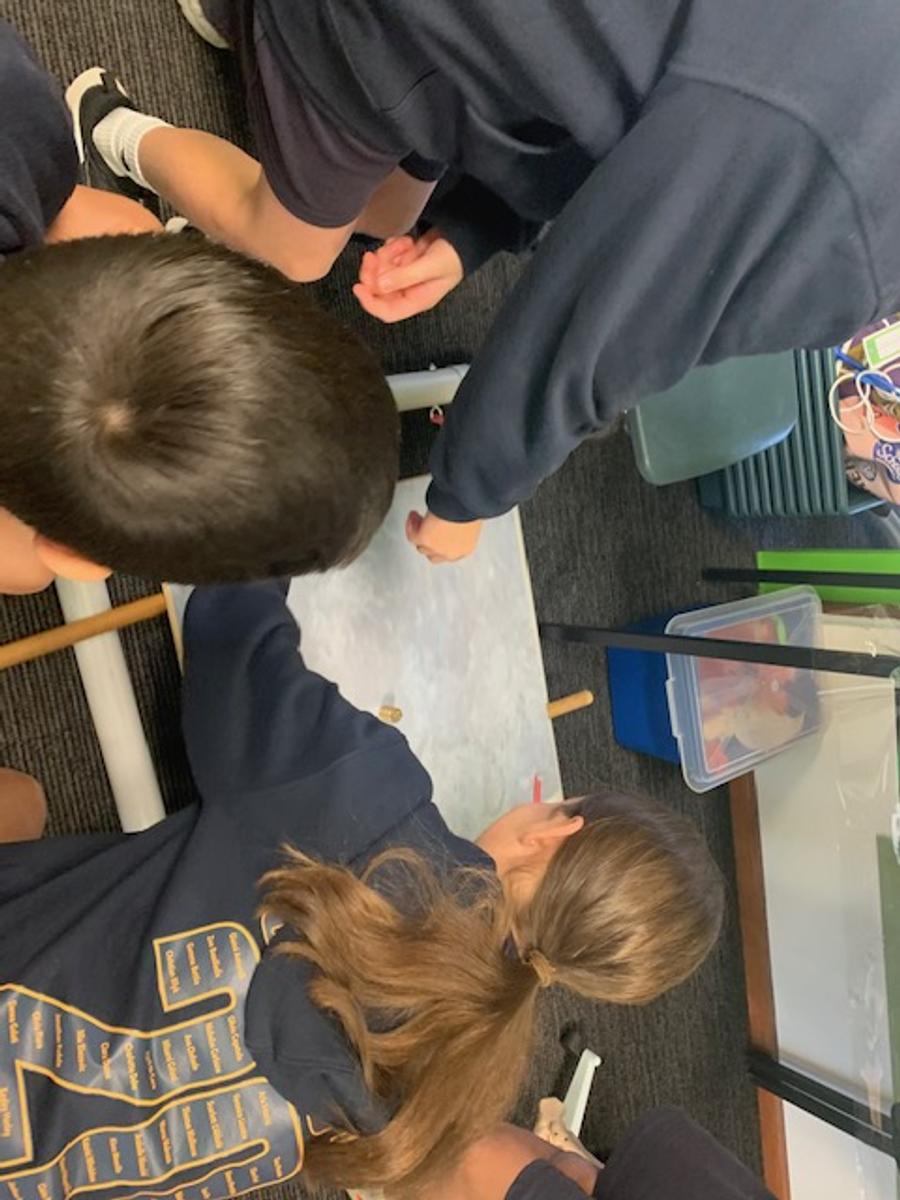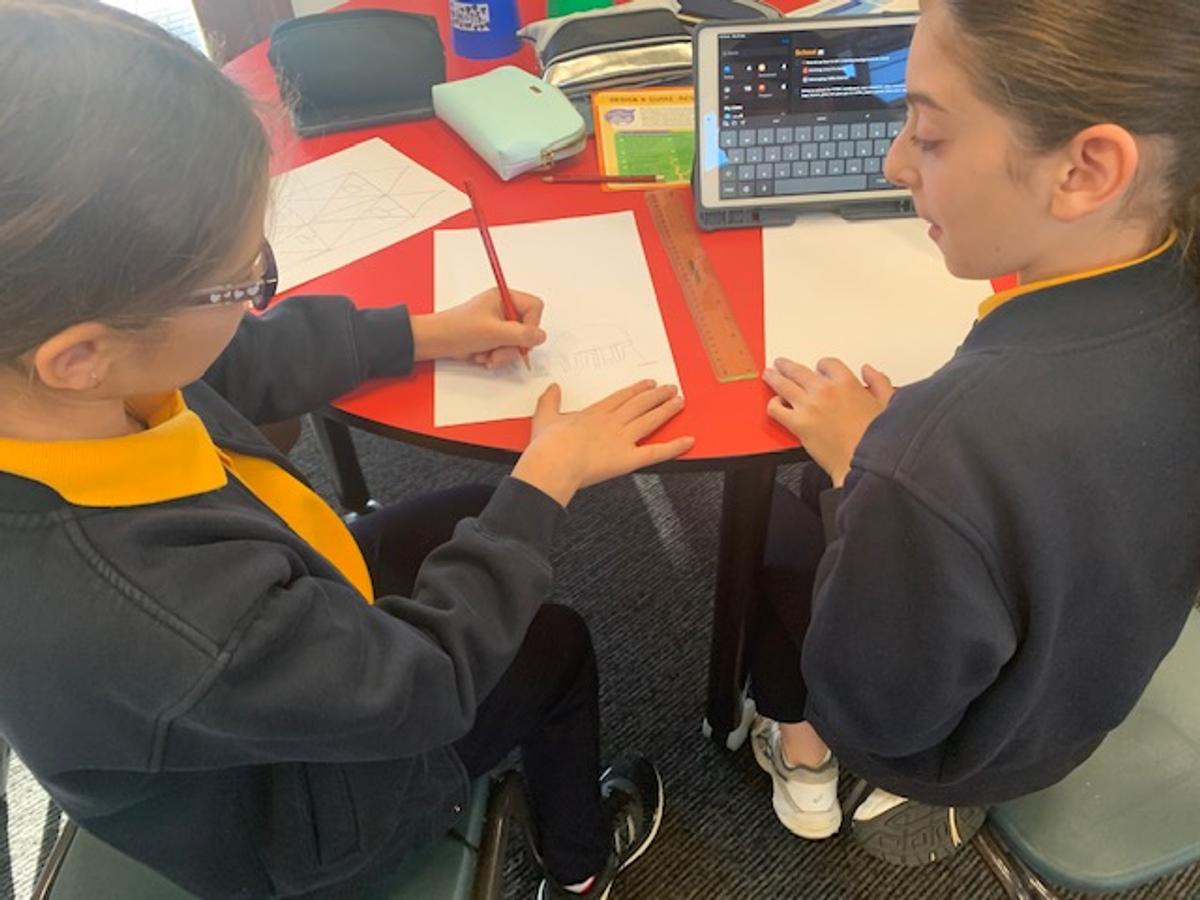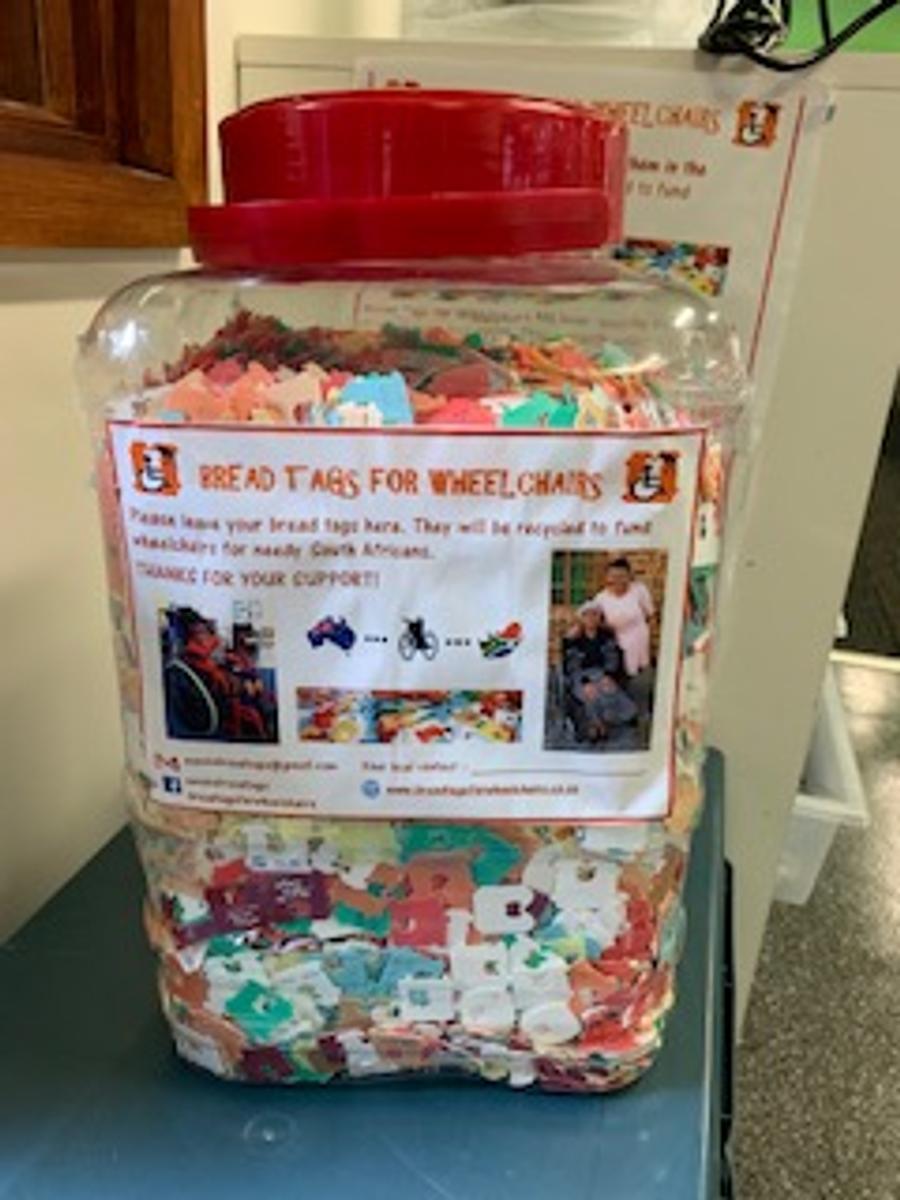Science Education
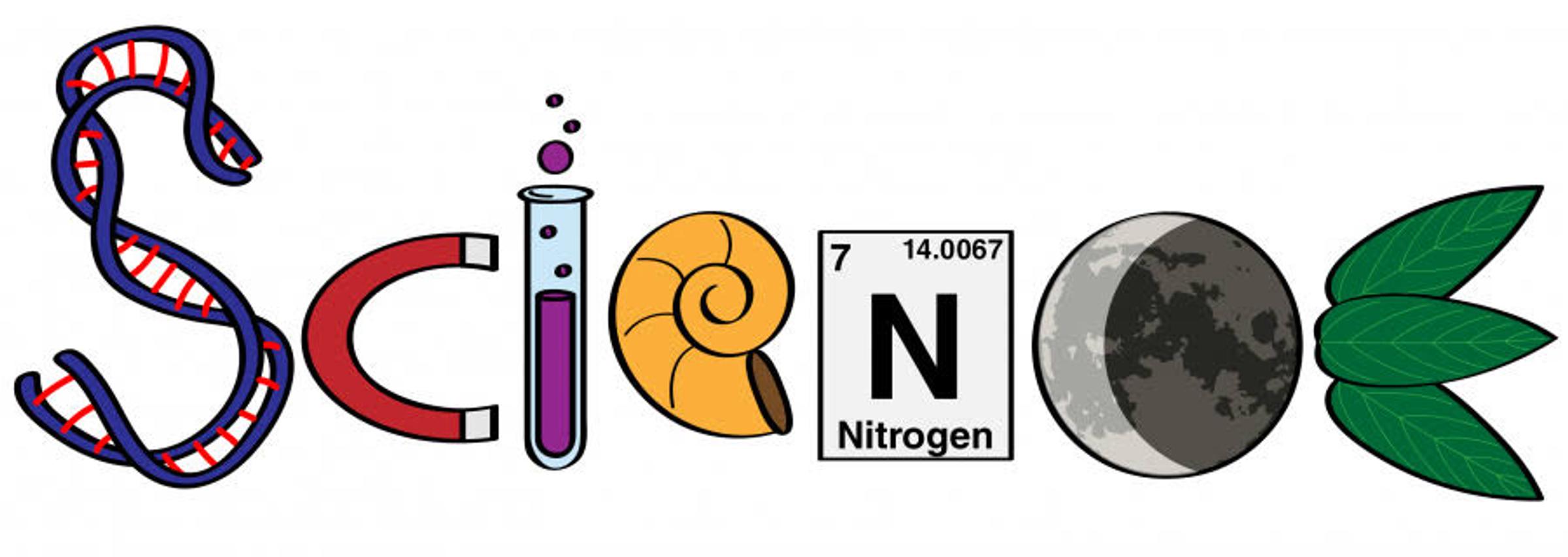
Please keep collecting milk bottles!
Despite remote learning, we would like to encourage you to continue to collect milk bottles at home. When we return to school some time soon, we will aim to construct a 2 and 3 litre milk bottle igloo to explore all things weather, materials and upcycling. I kindly ask all families to collect 2L and 3L milk bottles WITH LIDS and please store these at home until we return to school.
A big thank you to all the students who have already collected milk bottles for this STEM project.
Please ensure all milk bottles and lids are thoroughly washed with detergent.
🎓 Our STEM Professional Parents
🧪️ Melissa Amerena: Microbiologist
Melissa became a Microbiologist after completing a Bachelor of Applied Science (Laboratory Medicine) and she is currently working at The Royal Children’s Hospital (RCH) and St. Vincent’s Hospital. She did not always know she wanted to be a scientist as she began studying nursing at university after finishing high school. After realising nursing wasn’t for her, Melissa enrolled into a Diploma of Laboratory Technology and it was then that she discovered how much she loved the study of micro-organisms.
Melissas's work at RCH and St. Vincent’s is diagnostic which means that she tests patient samples to see if they have a bacterial infection. Some of the types of samples she tests in Microbiology are urine, faeces, sputum, swabs, CSF (spinal fluid) and blood. Once Melissa receives the sample in the laboratory, she and her team plate them out onto agar plates which look a bit like jelly and then they place these plates in an incubator, usually at 37 degrees as this is the same temperature as our bodies. The plates stay in the incubator for a period of 24-48 hours but this can sometimes be longer.
After the bacteria grows, the Microbiologist identifies it and then tests different types of antibiotics to see which one works best to fight off the infection. Once the Microbiologists have gathered all this information, a report is sent to the doctor to let them know the diagnosis so they can prescribe the correct antibiotics and the patient can begin to feel better.
How wonderful to see Melissa inspire many young people, including her daughter Eliana in Year 1/2, to consider a STEM career. Melissa is a fantastic example to inspire confidence in young women especially, to pursue STEM careers.
Melissa is more than a scientist, she is a humanitarian because her work helps other people. To learn more about other amazing Australian Scientists, please watch Insight (Episode 20 on SBS on demand: Race for a Cure) that was recently aired. In this episode, you will hear from the people behind the lab coats and learn of what it is like for scientists to chase a medical gamechanger, like a vaccine for coronavirus, and treatment for burns victims and diabetes sufferers. They speak of how they handle the pressure and possible failures. It is a fascinating insight into the challenges and rewards of working in a STEM career. Please watch the short preview below:
I would like to ask parents to please come forward and be in touch with me via email (contact below) if you would like to share your STEM story and be featured in the next school newsletter. The aim is to spotlight an inspirational STEM parent every fortnight in the school newsletter, in the hope to further encourage and inspire our future STEM leaders at St Raphael's.
😎 Foundation
During the last 2 weeks of term 2, Foundation students explored weather symbols and the water cycle. The students were very excited to create the Water Cycle in a bag. Here students explored evaporation, condensation and precipitation.
💧Year 1/2: Earth Resource Protectors
During the last 2 weeks of term 2, students took part in a resource audit at the school to investigate if our school community is wasting resources. This followed on from learning about waste management and our responsibilities to reuse, recycle and reduce.
👀 Year 3/4: Virtual Reality Tee
The year 3/4 students concluded the Earth's Changing Surface Unit at the end of term 2. It was wonderful to be a part of their 'wonder and awe' moments during remote and onsite learning. Year 3/4 students have taken a great interest in the 'Virtual Tee', an augmented reality technology t-shirt that Mr Raffy (our skeleton) wears. Using their iPad and the free Curiscope App, students scan the coded t-shirt to dive into the human body and begin exploring the bloodstream, the small intestines and the lungs. Using their devices, students get the opportunity to dissect the organs in gross detail. If students have not yet downloaded the App on their iPad, they can do so on the link below:
🏙 Year 5/6: STEM Challenge:
Earthquake Resistant Buildings
The Year 5/6 are completing the Creators and Destroyers Earth and Space Sciences Unit with a STEM design challenge with the aim of building an Earthquake Resistant Building. Students spent some time during remote learning to explore all things earthquakes. During the last couple of weeks of term 2, students explored the engineering design process in a team to build a prototype. Students worked in teams and:
- empathised with the people living in earthquake vulnerable zones and considered and defined the main issues that relate to buildings surviving an earthquake.
- brainstormed ideas and design strategies for building an earthquake-resistant building, including base isolation and tuned mass dampers.
- designed and created their prototype from their ideas and spent some time making changes and trying new ways to bring their ideas to life.
During the last weeks of term, students tested their prototypes on our Shake Table. The shake table helps to create the earth tremors that occur during an earthquake. We were expected to complete final testing this term but we will postpone this task until we return to school.
A big thank you to Damian who supported the Shake Table idea and Aldo (school maintenance) who so graciously built the Shake Table with some assistance from Mrs Talarico. We are blessed to have so many talented staff at St Raphael's who are always so willing to help out to enhance the learning experiences for students.
🍞 Bread Tags for Wheelchairs
We are still collecting bread tags in term 3 from home. Our bread tag bucket is almost full!
Please continue to support your children in this Science initiative and save your bread tags at home. When students have a small collection, they can bring all bread tags to the Science Room collection point at St Raphael’s when we return to school.
For more information please visit: https://www.breadtagsforwheelchairs.co.za
📧 Contact Details
Patty Luna: pluna@srprestonwest.catholic.edu.au
Please note, I will respond to emails Monday to Friday, between the hours of 8 am and 5 pm.
